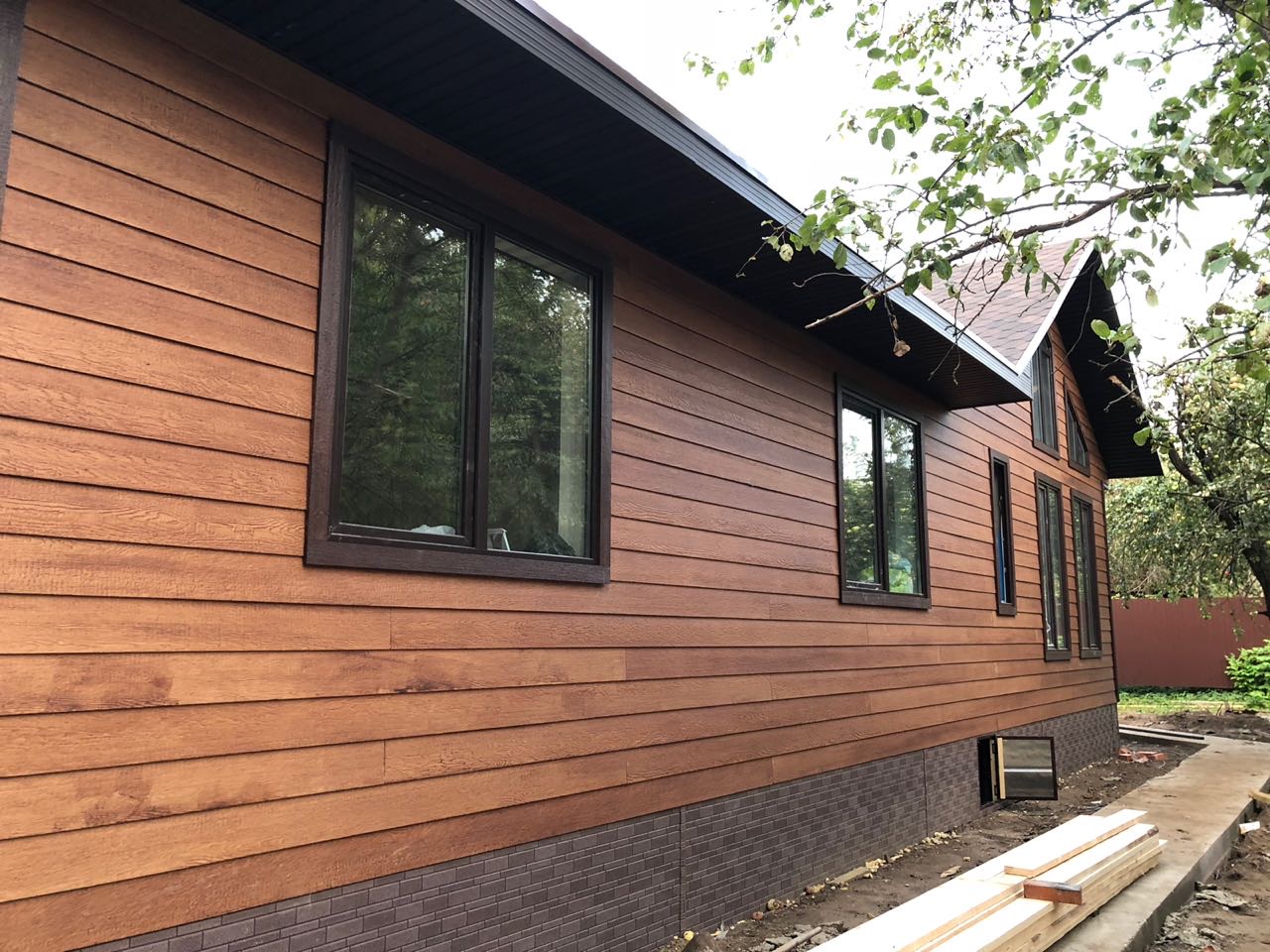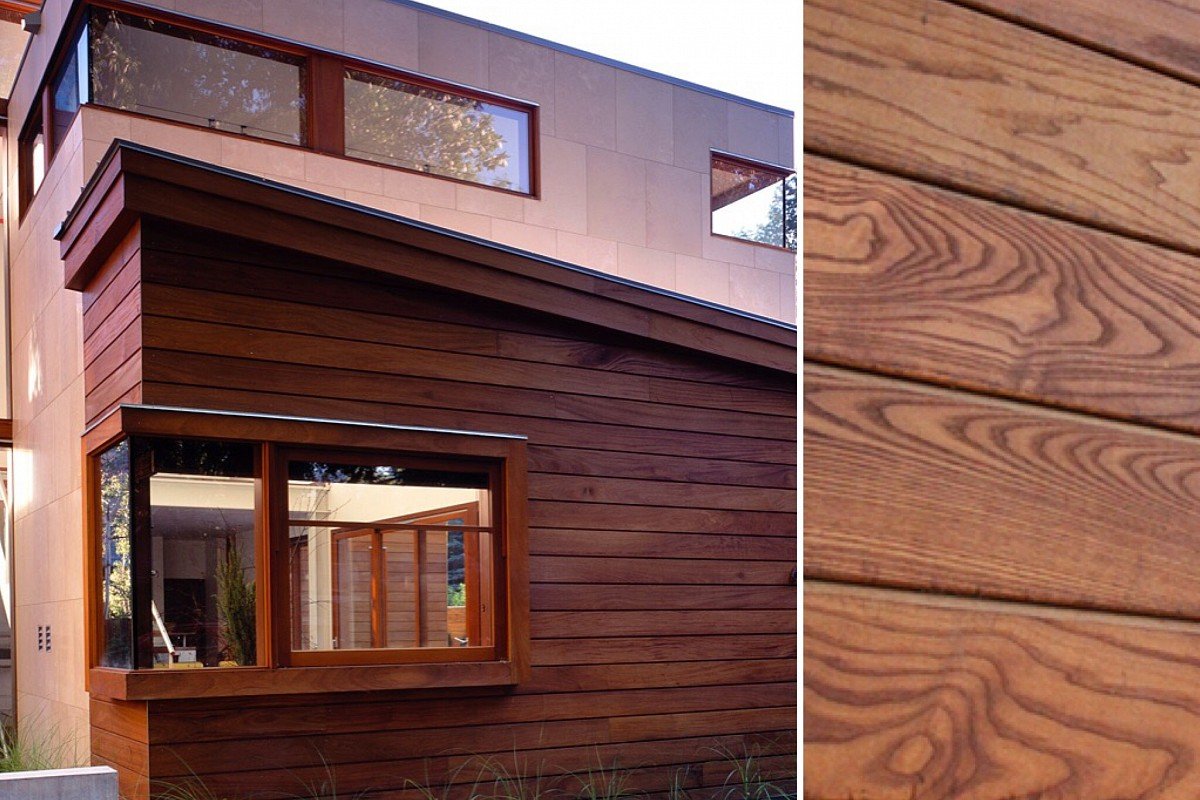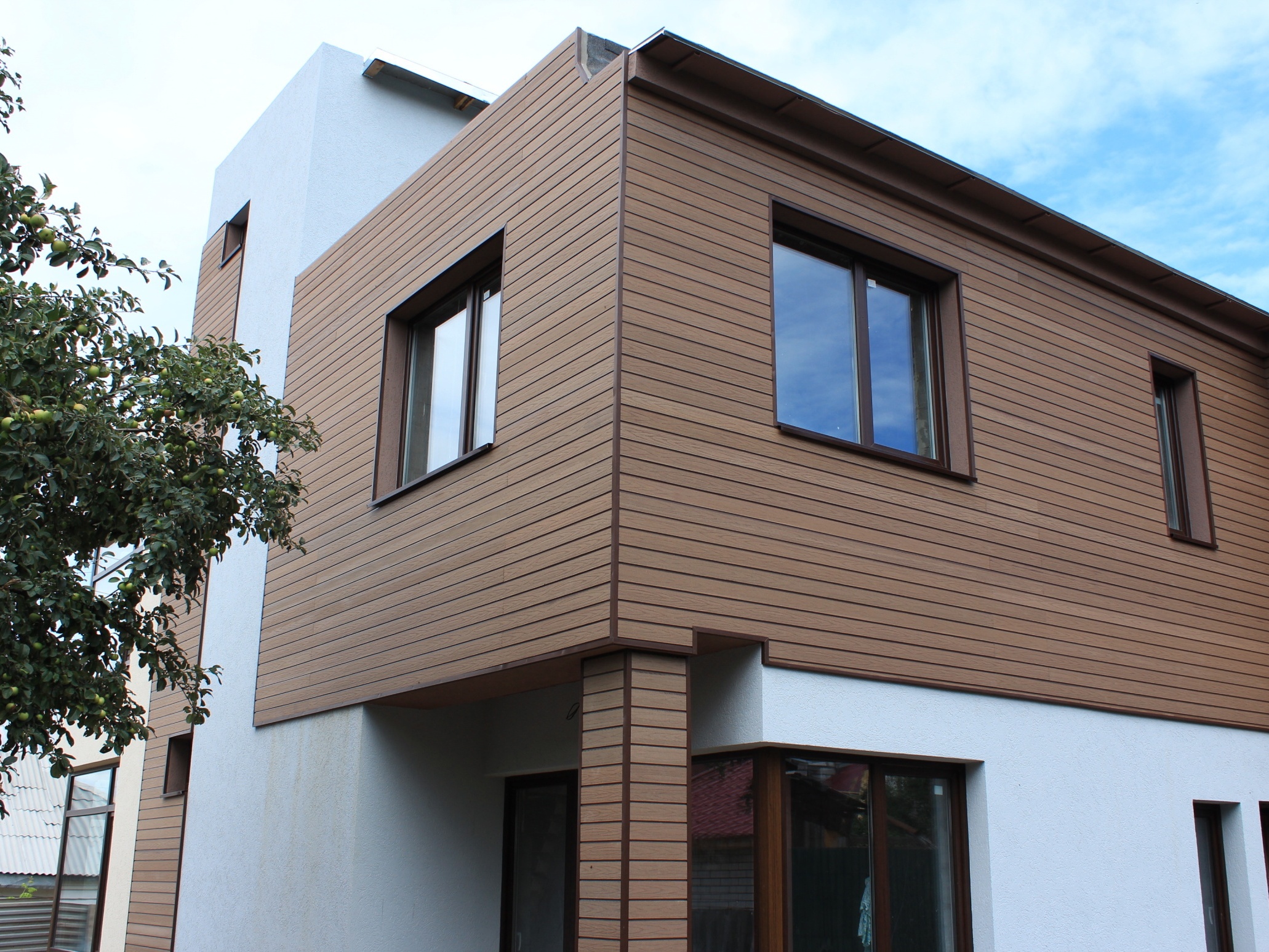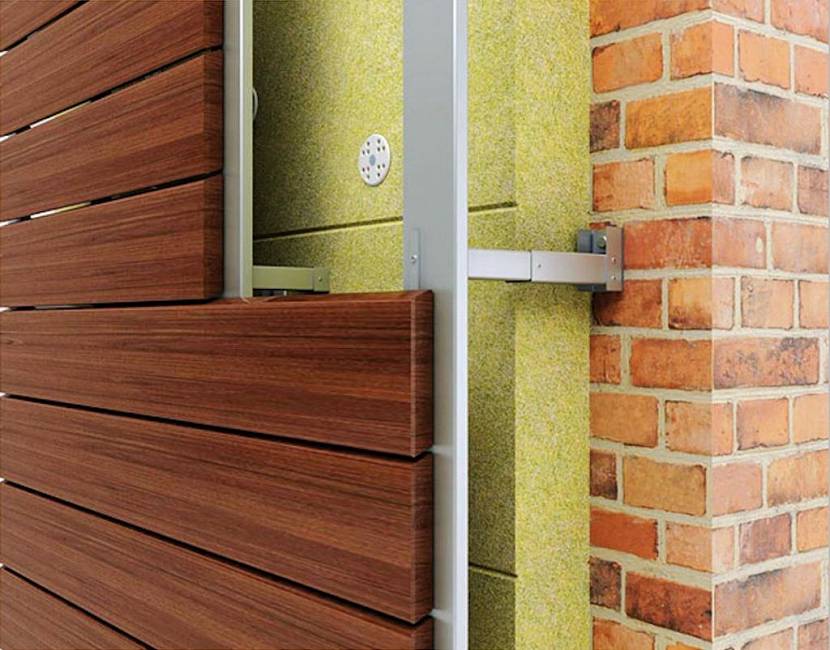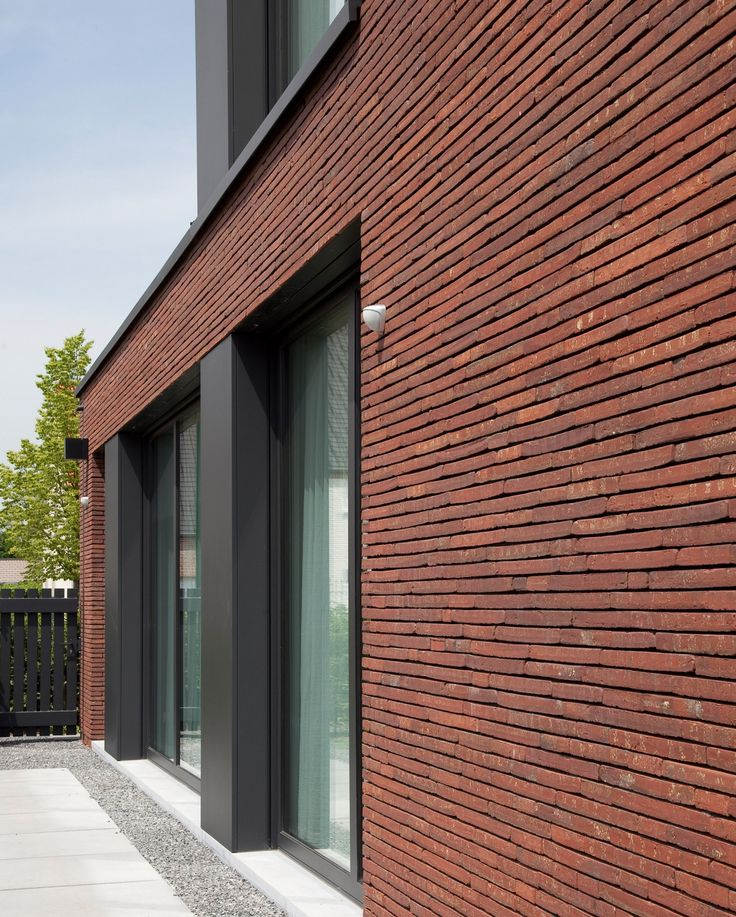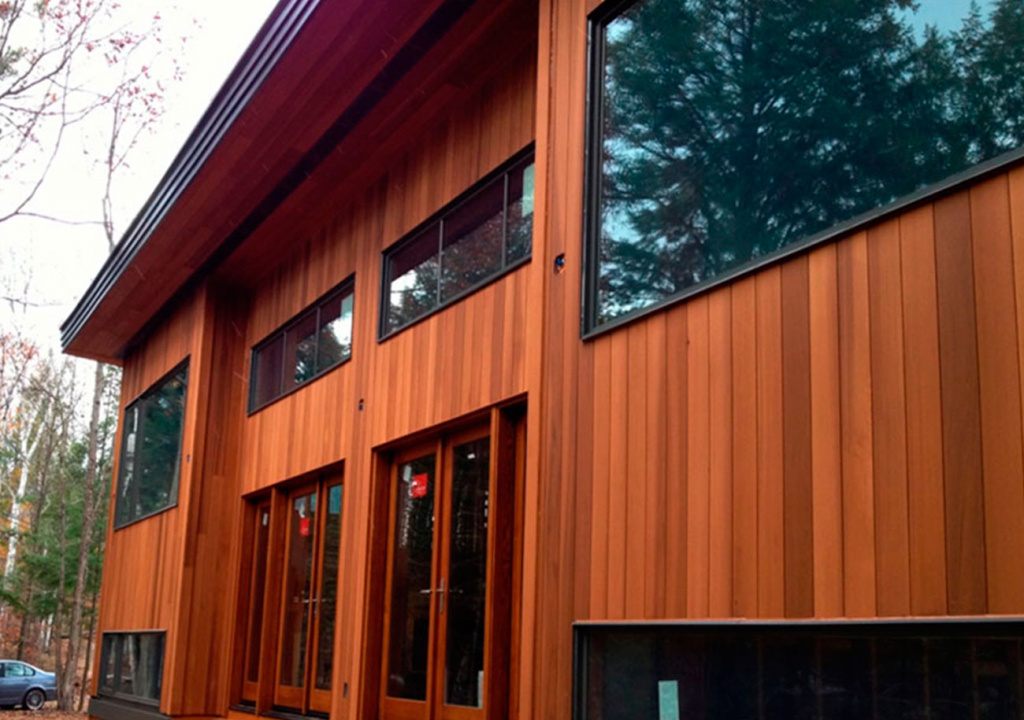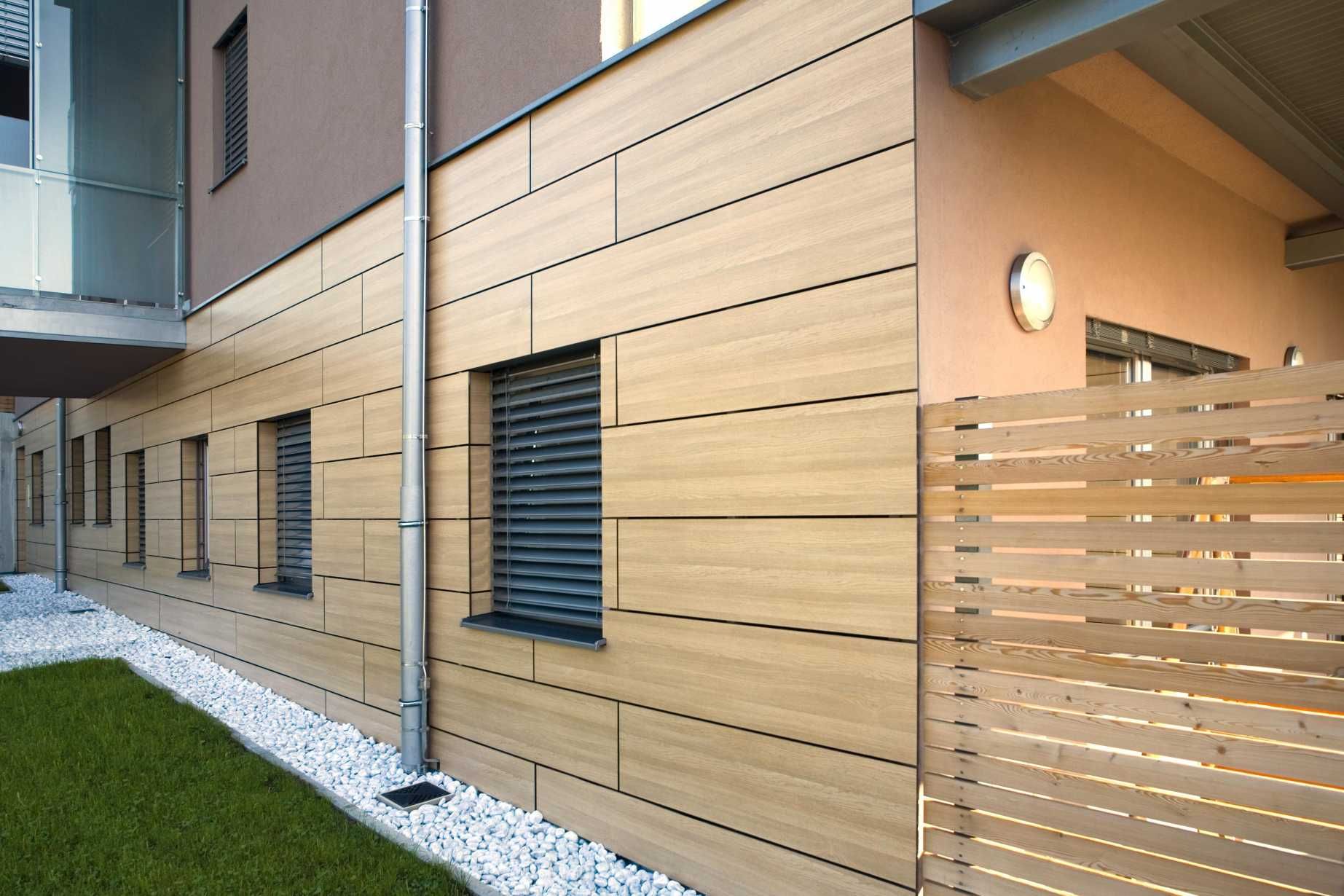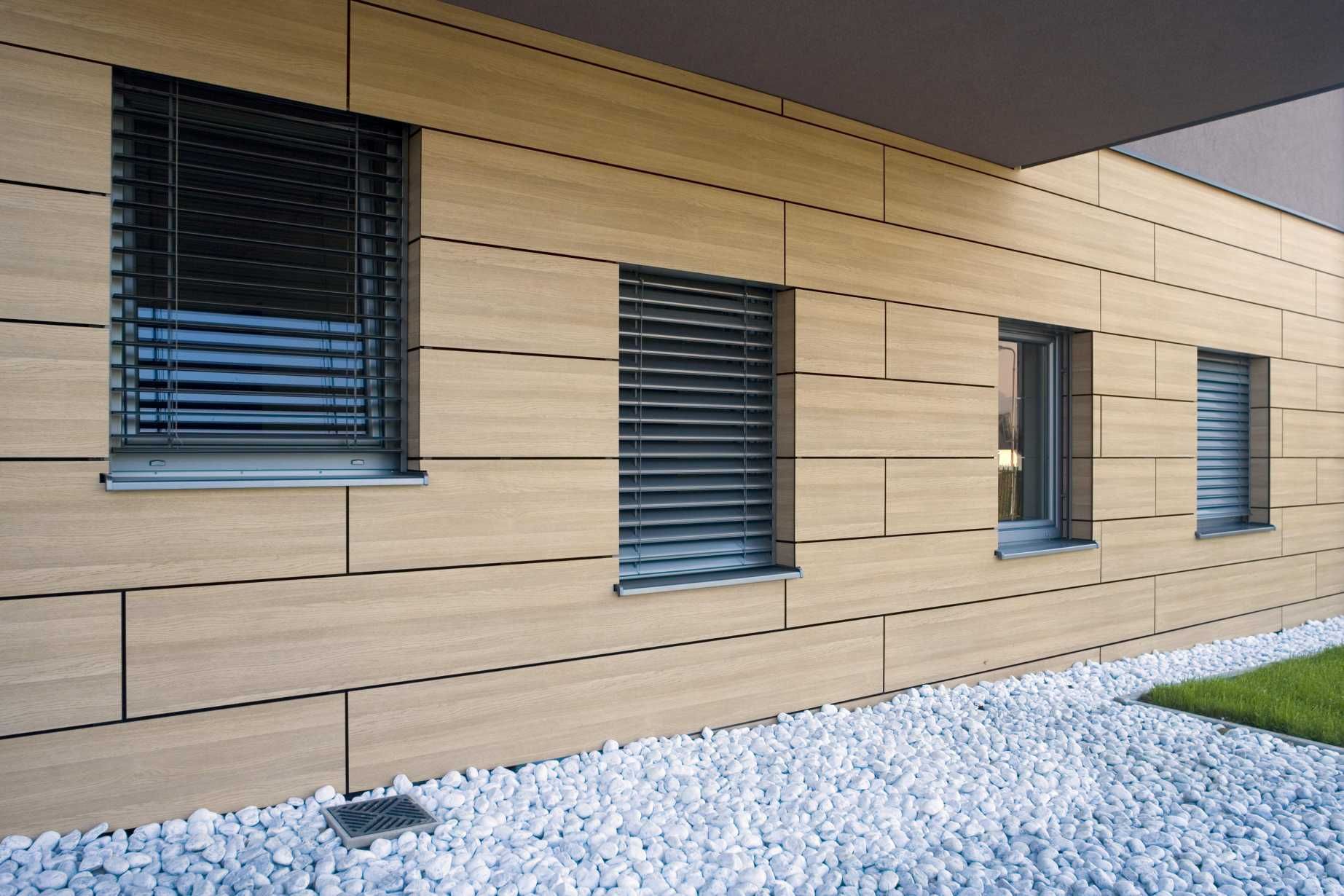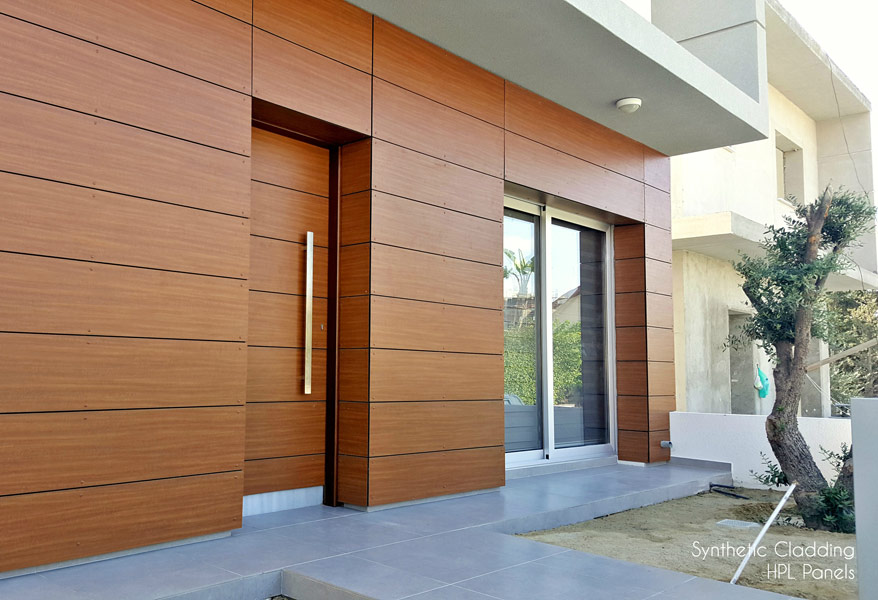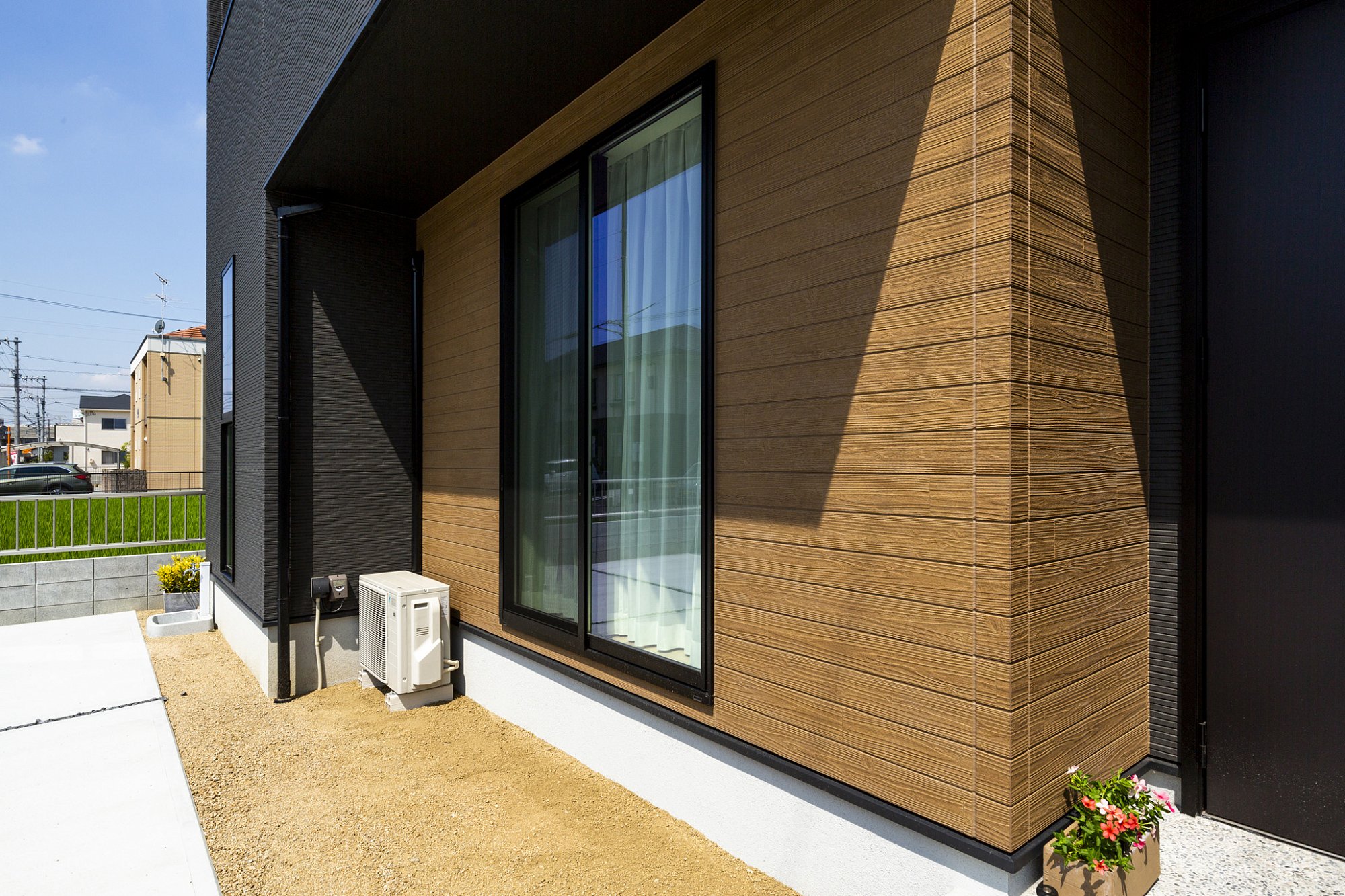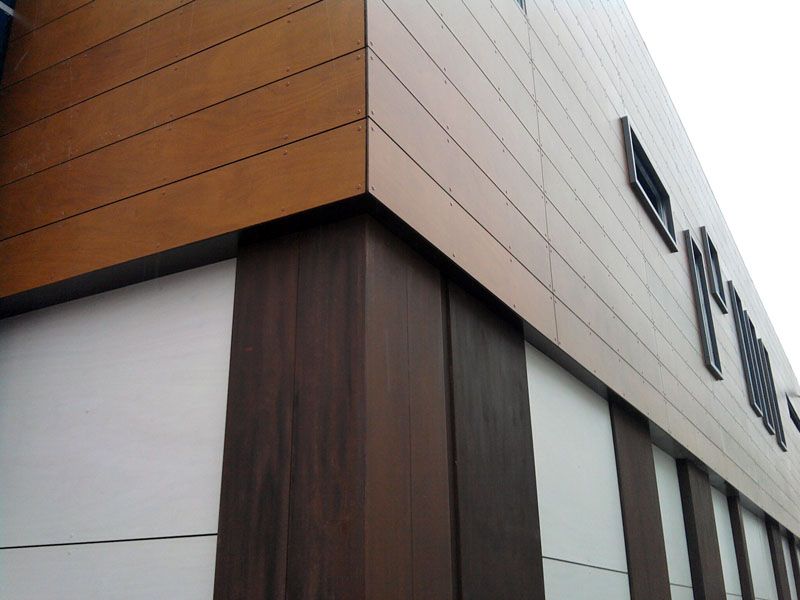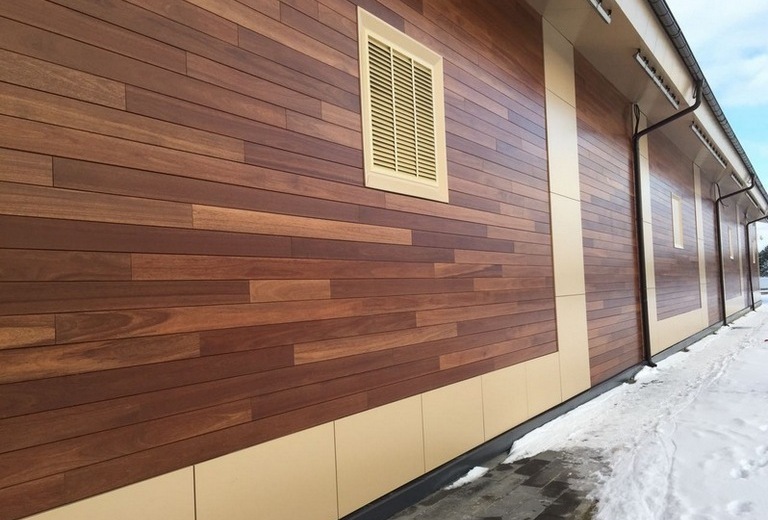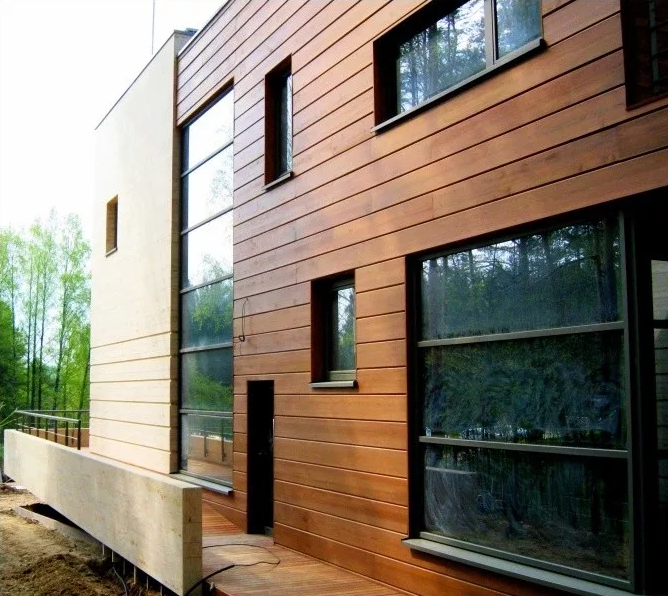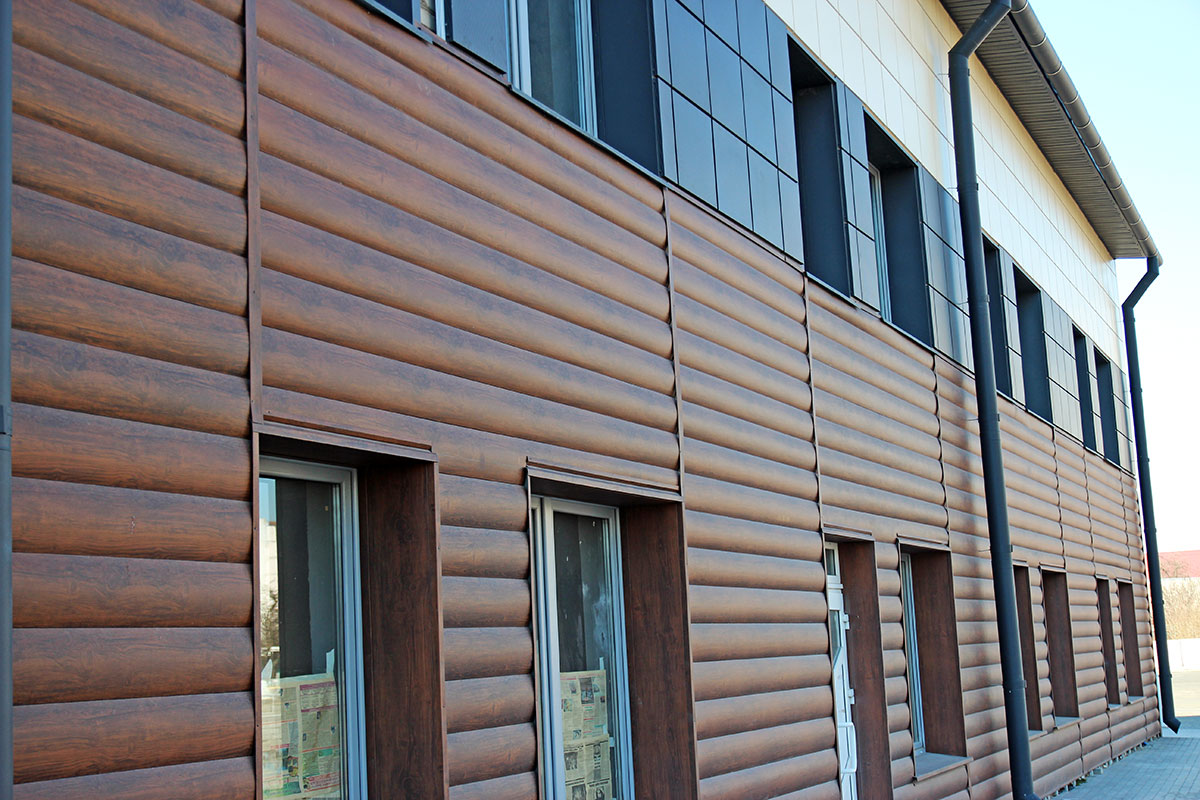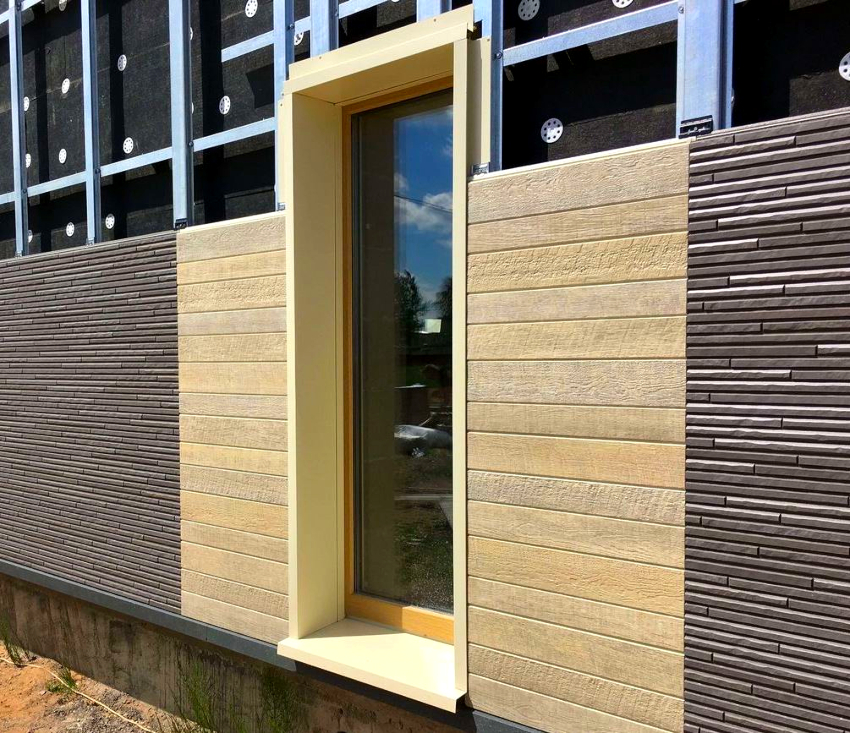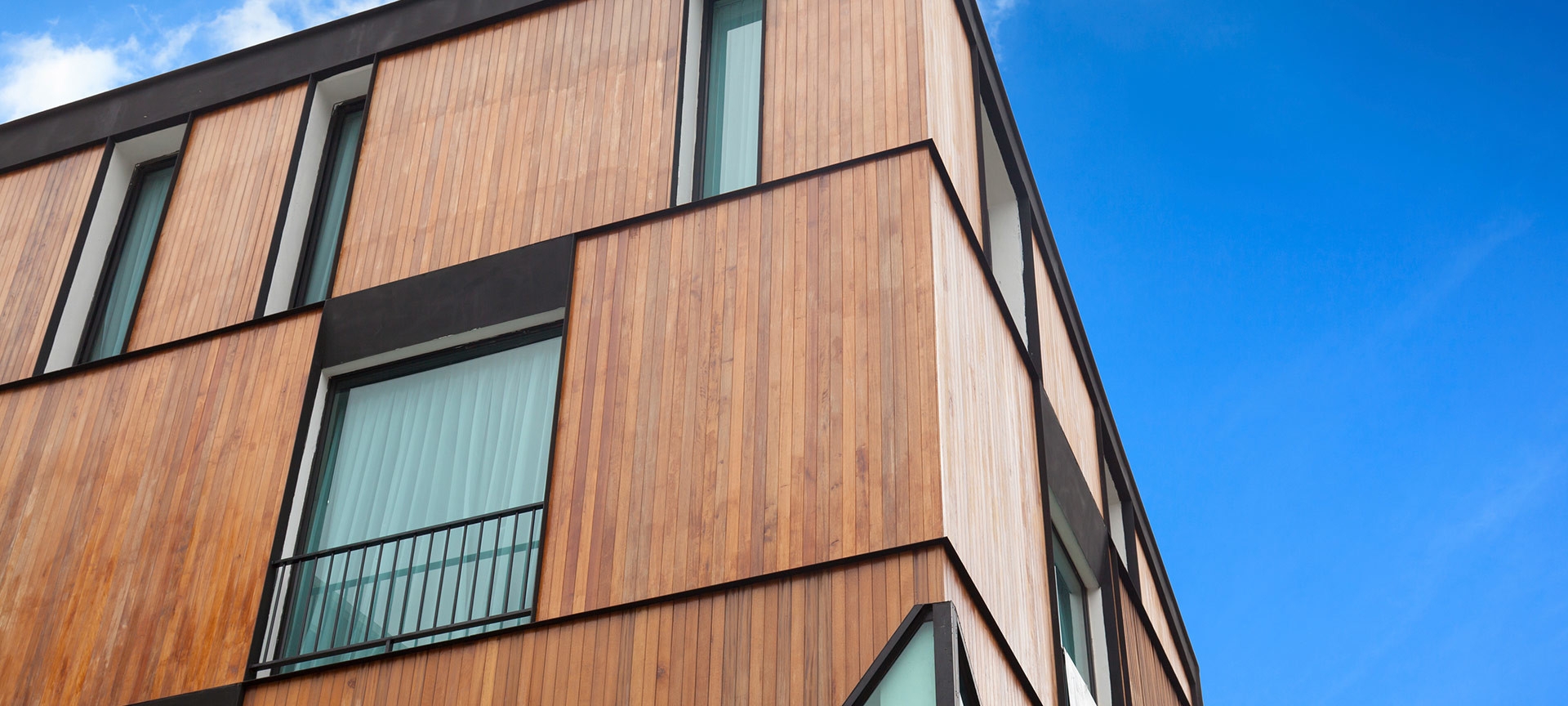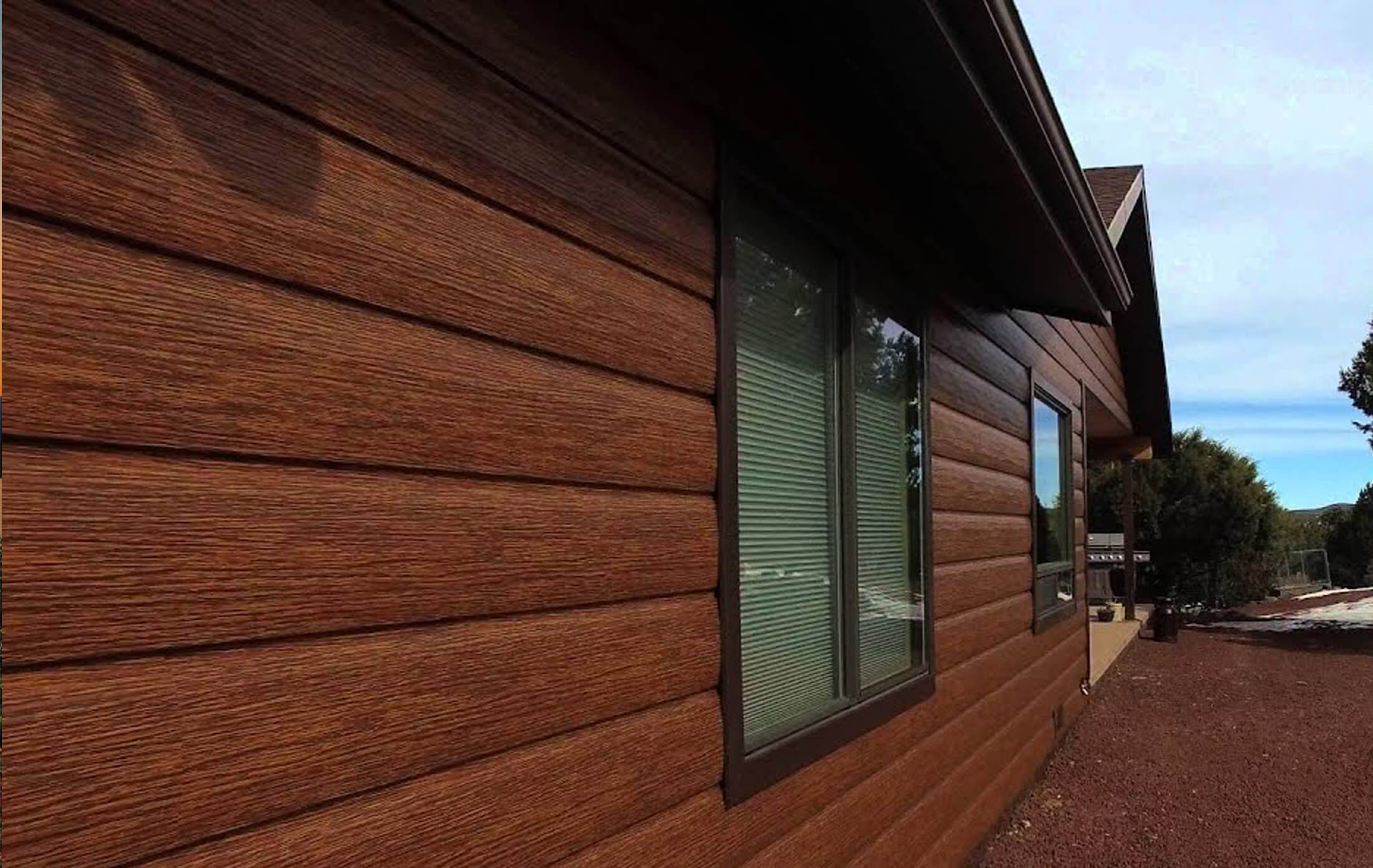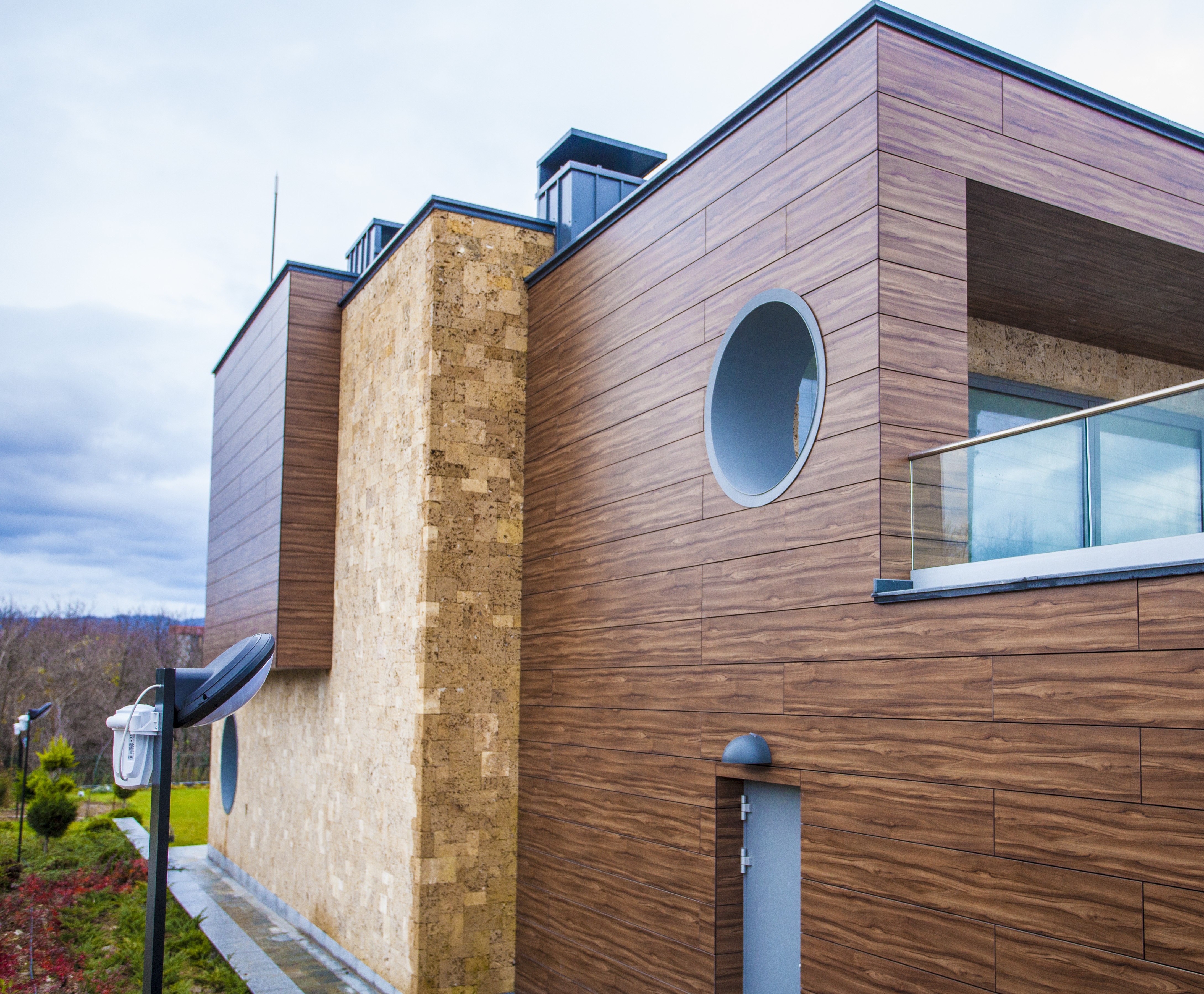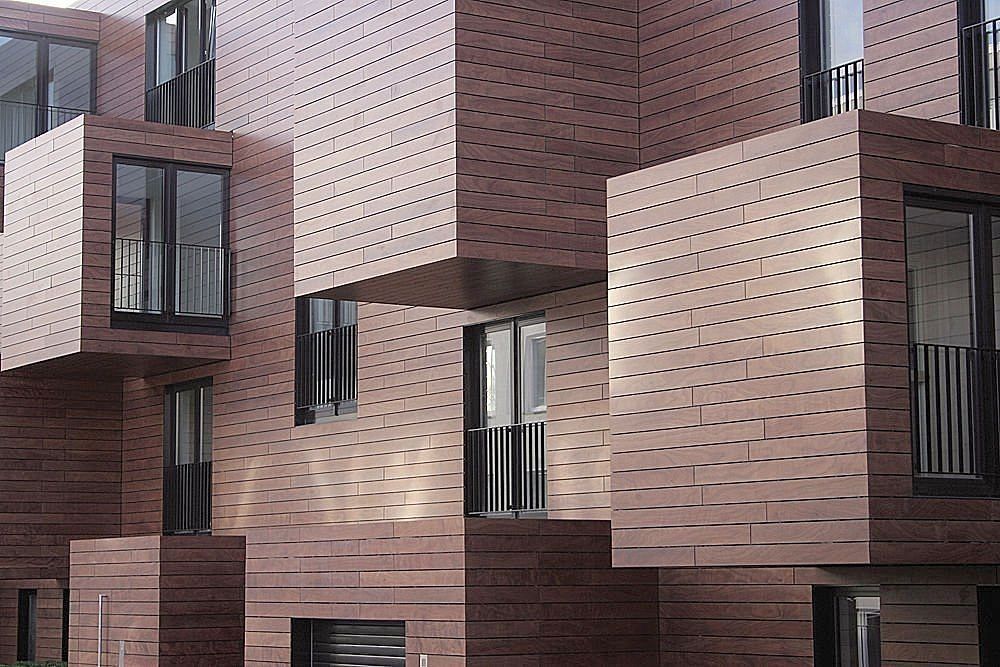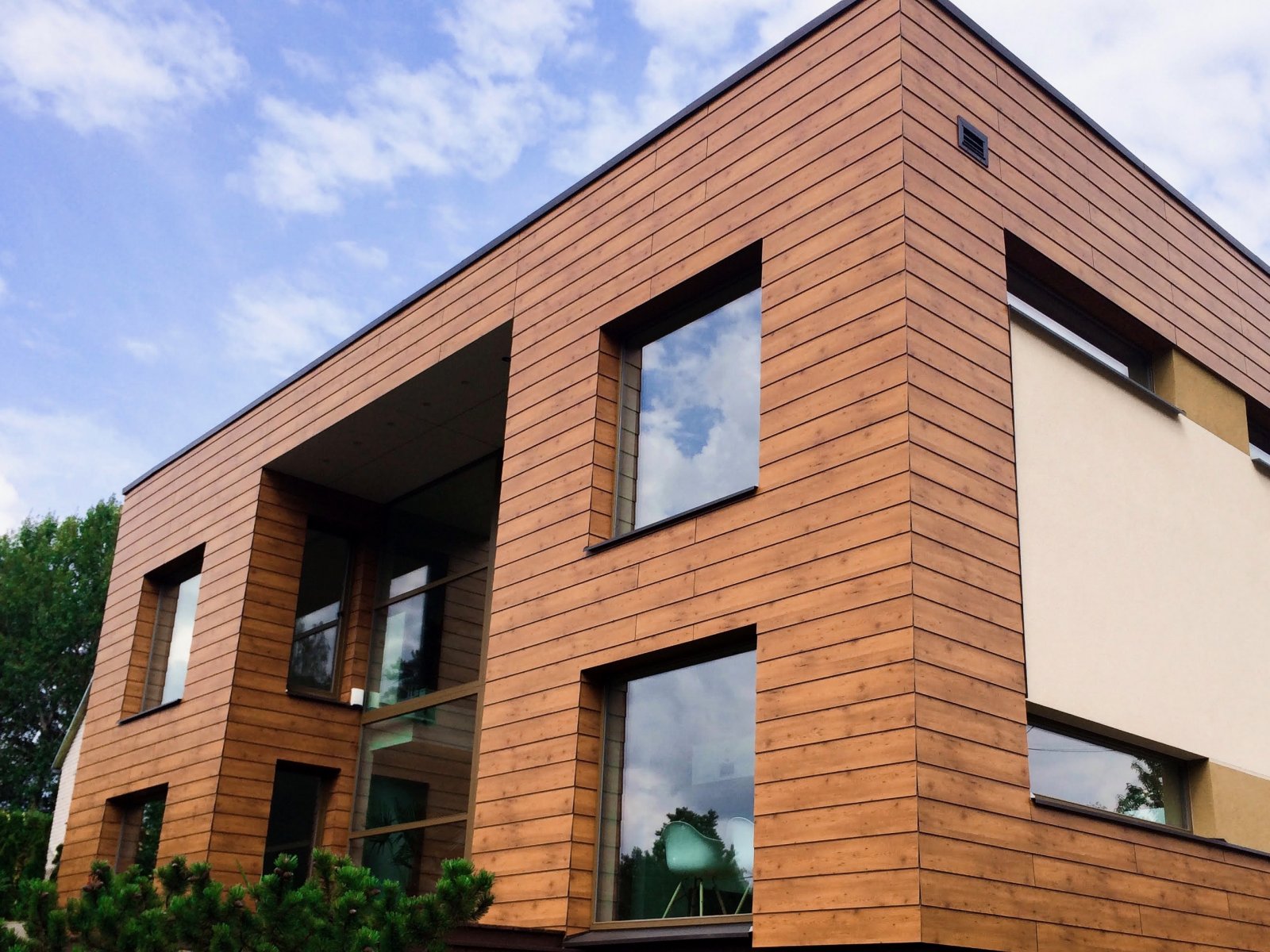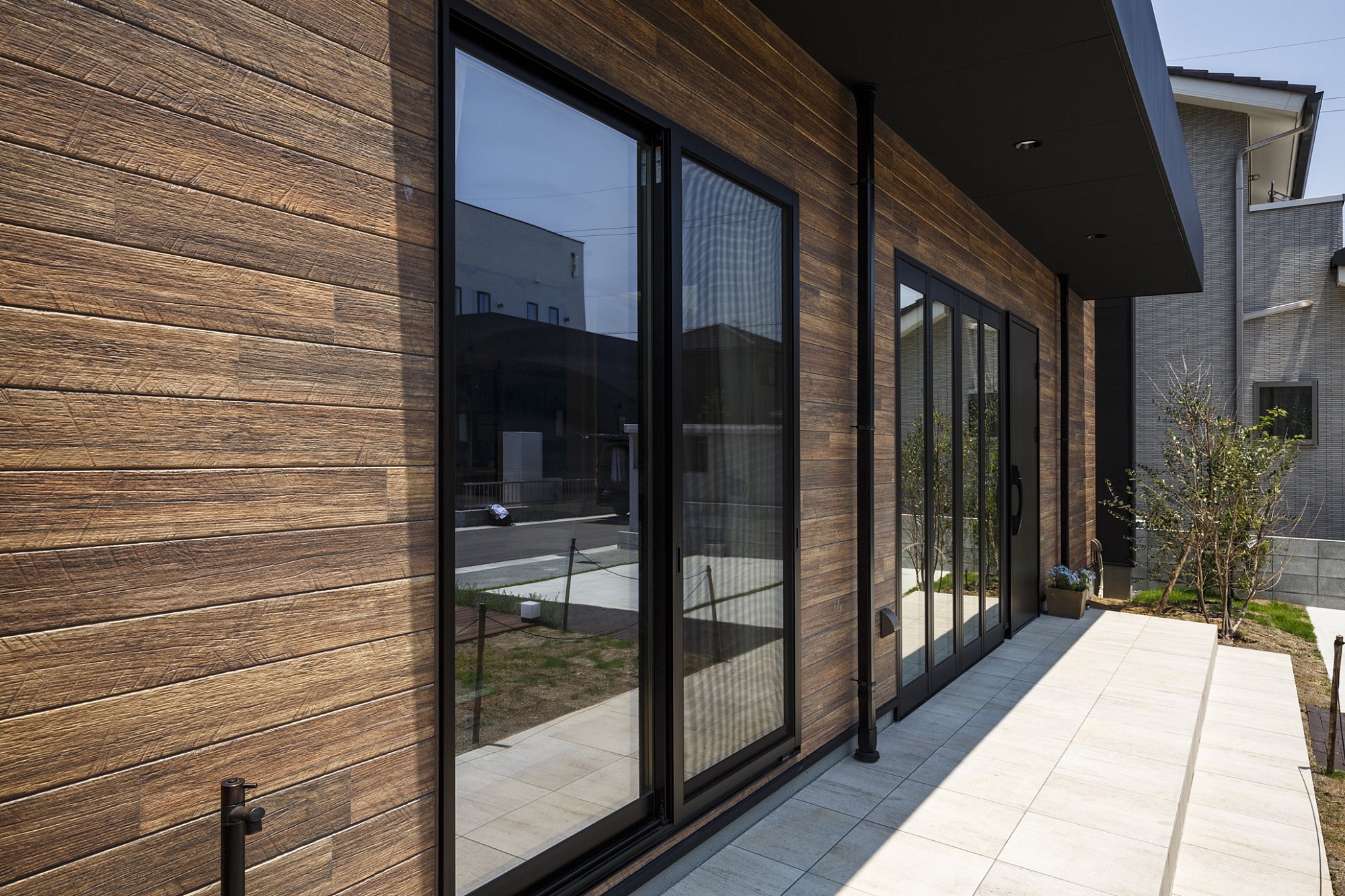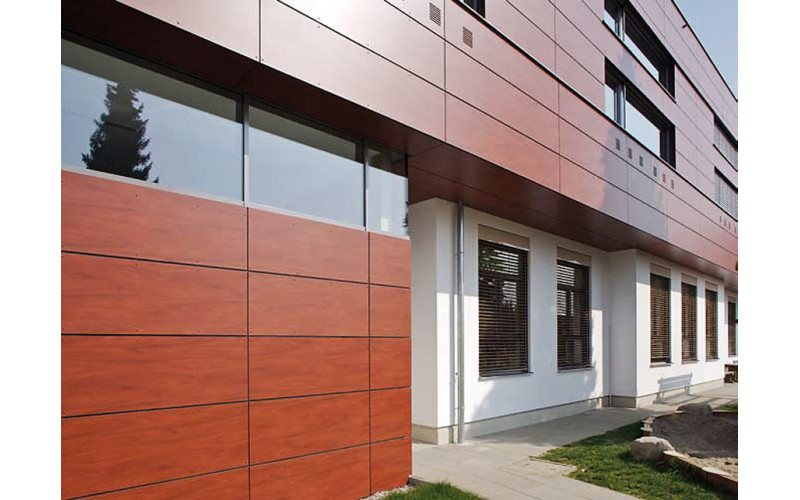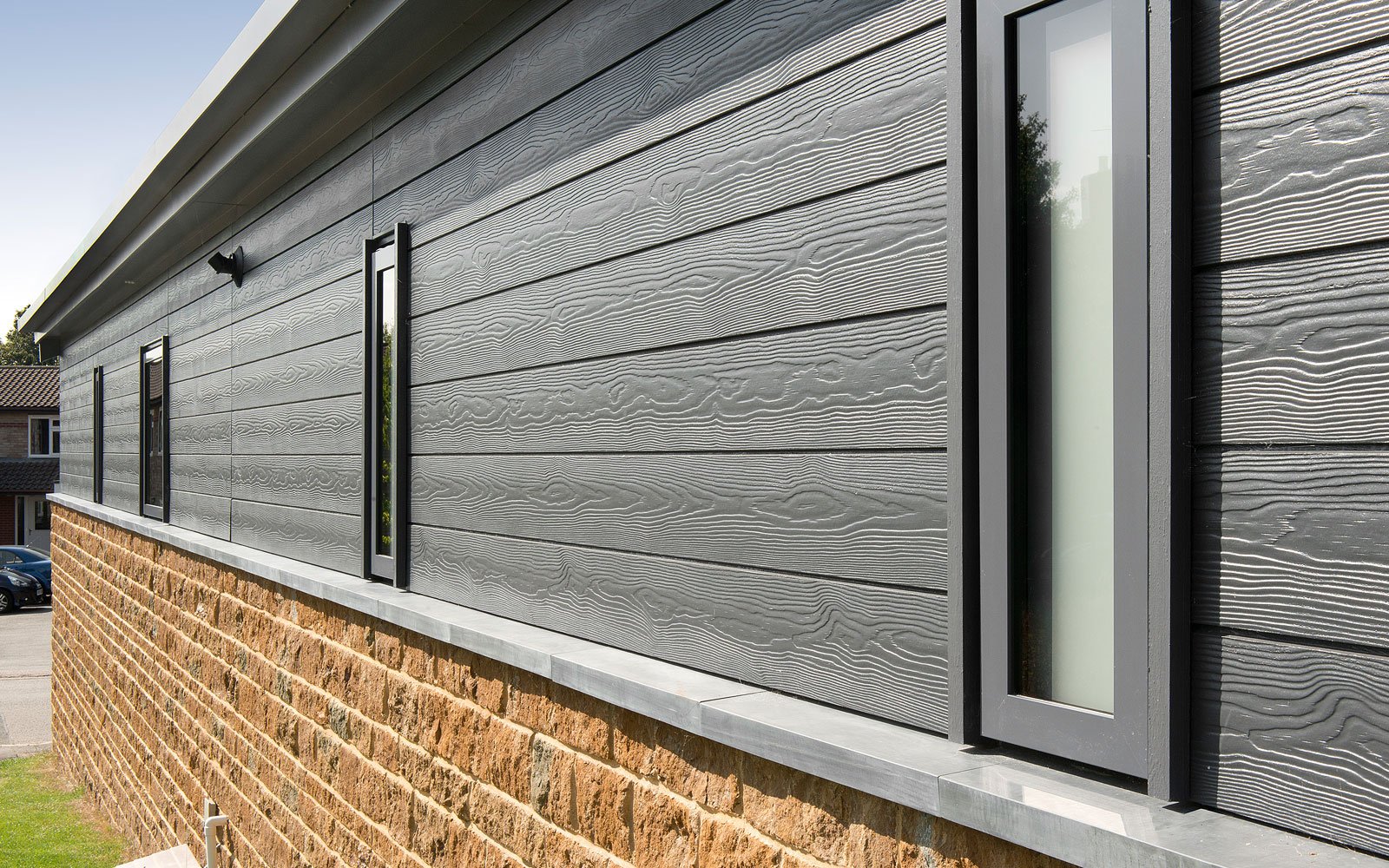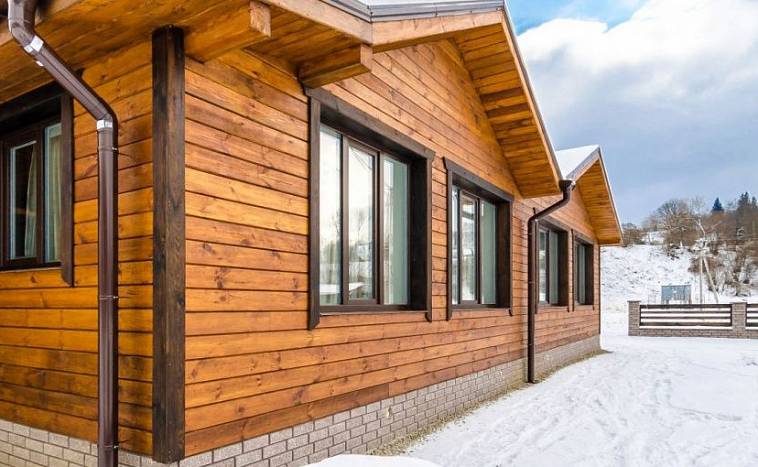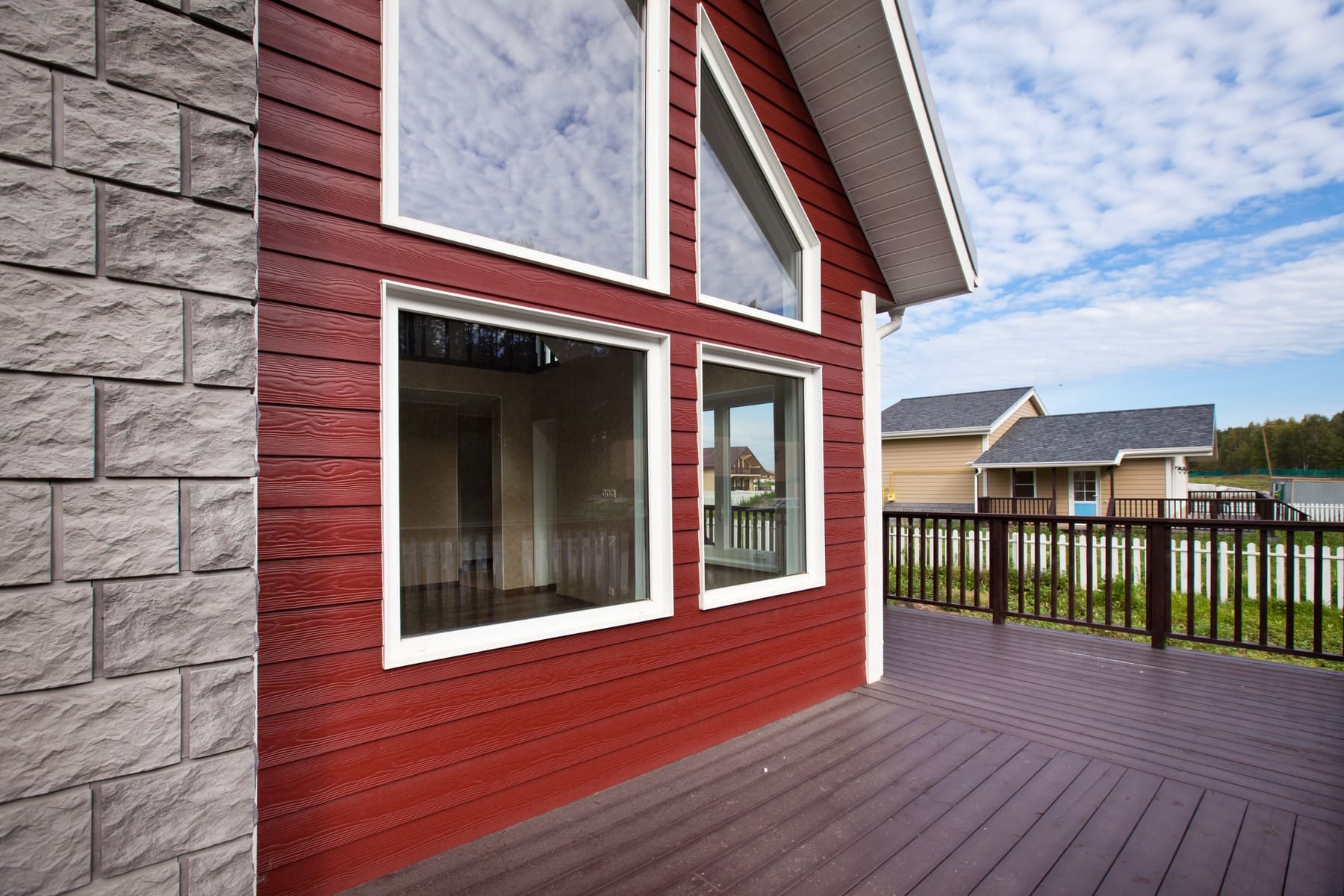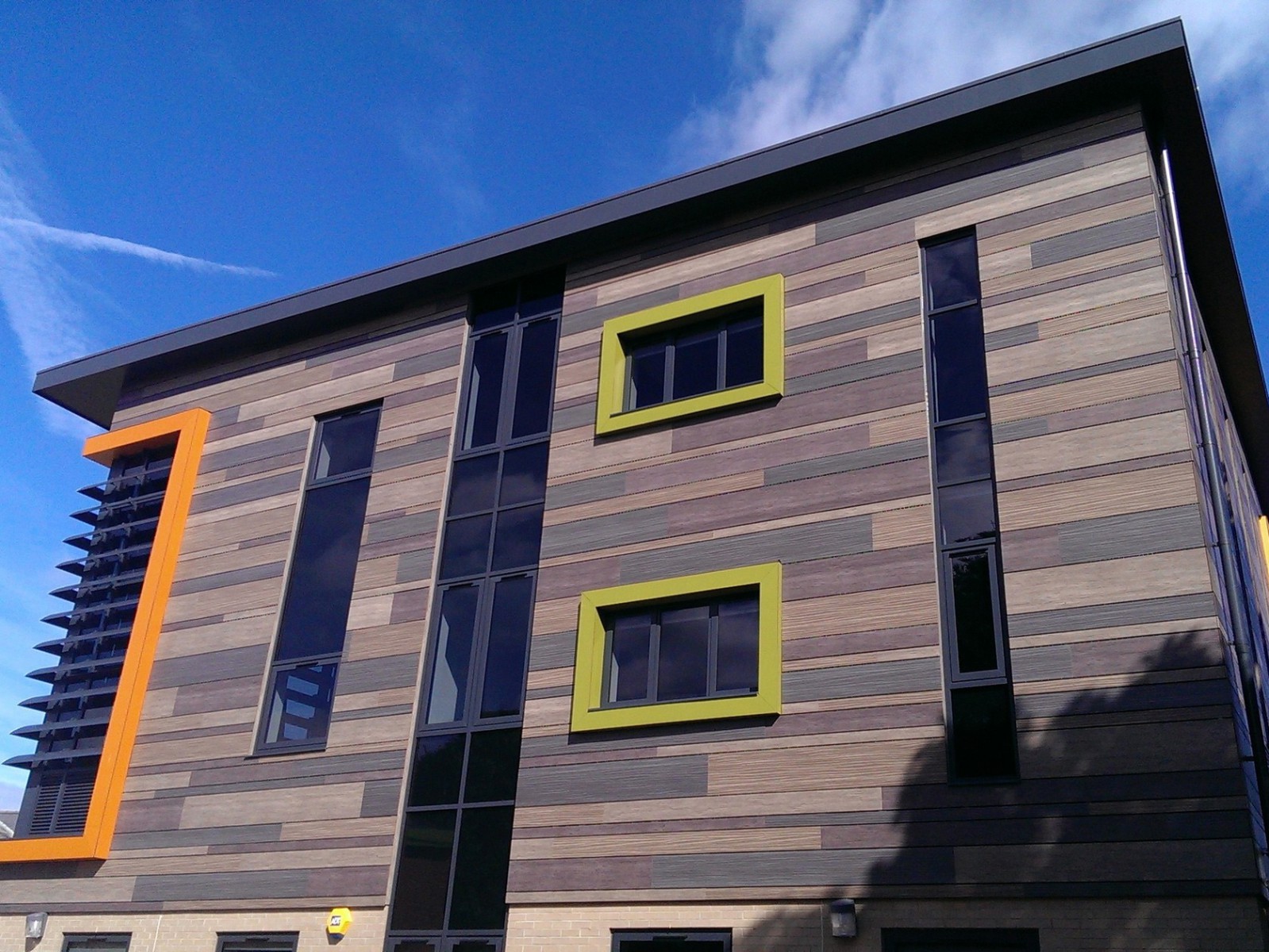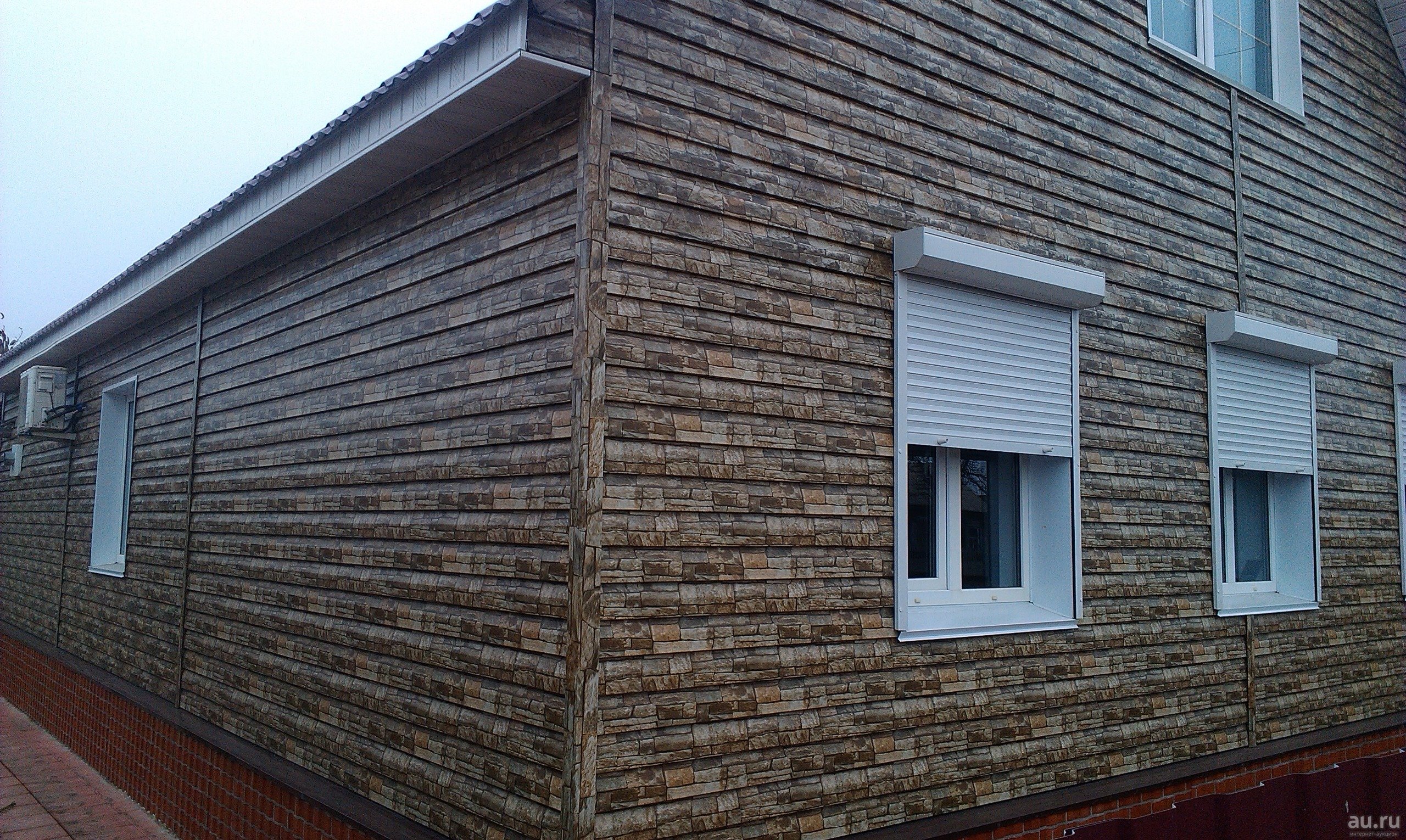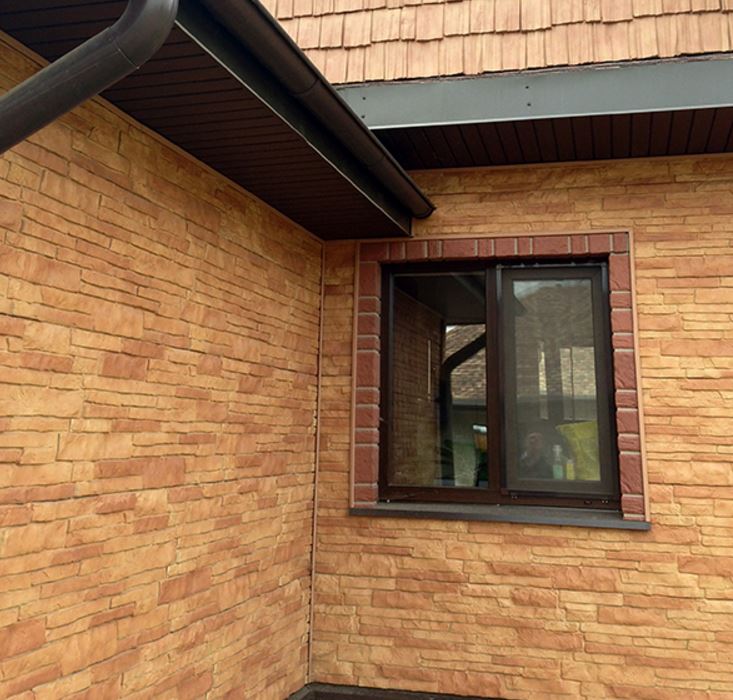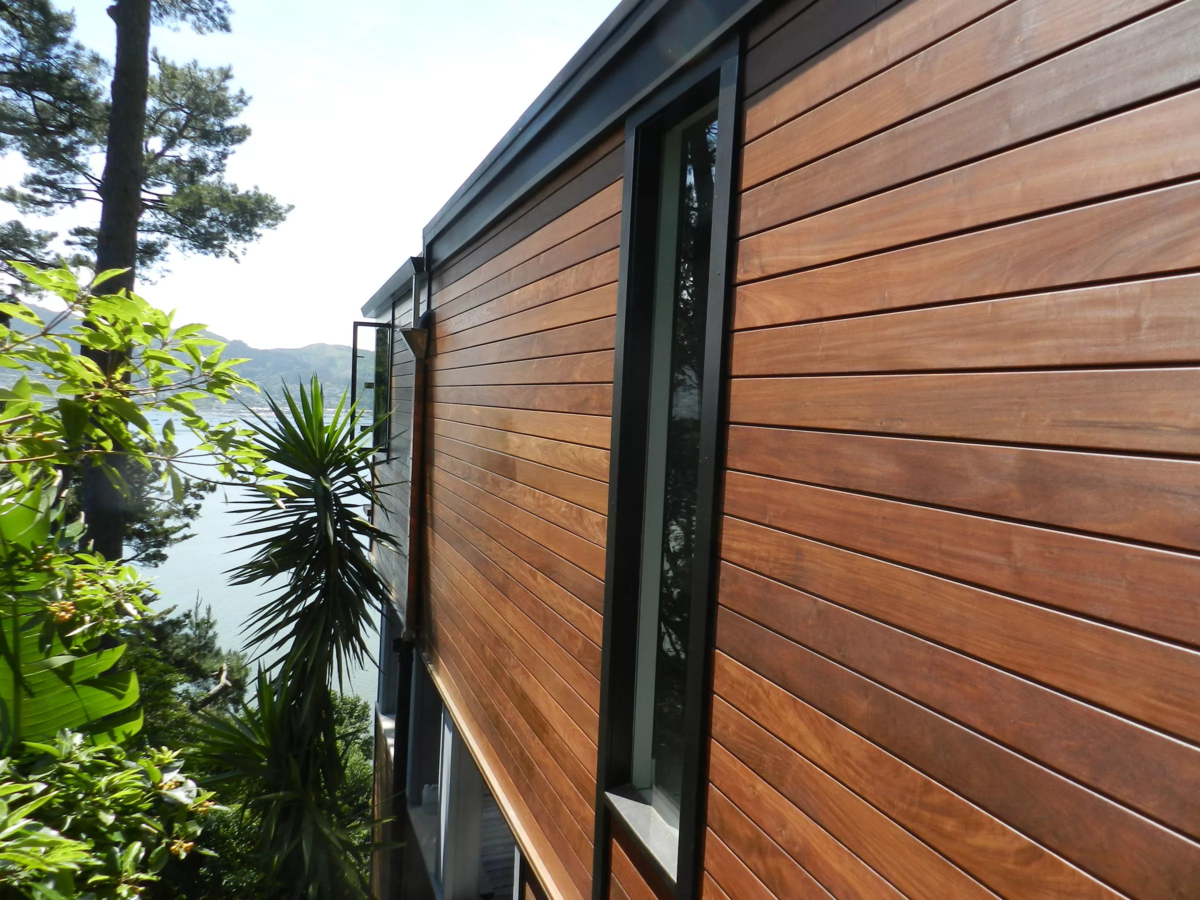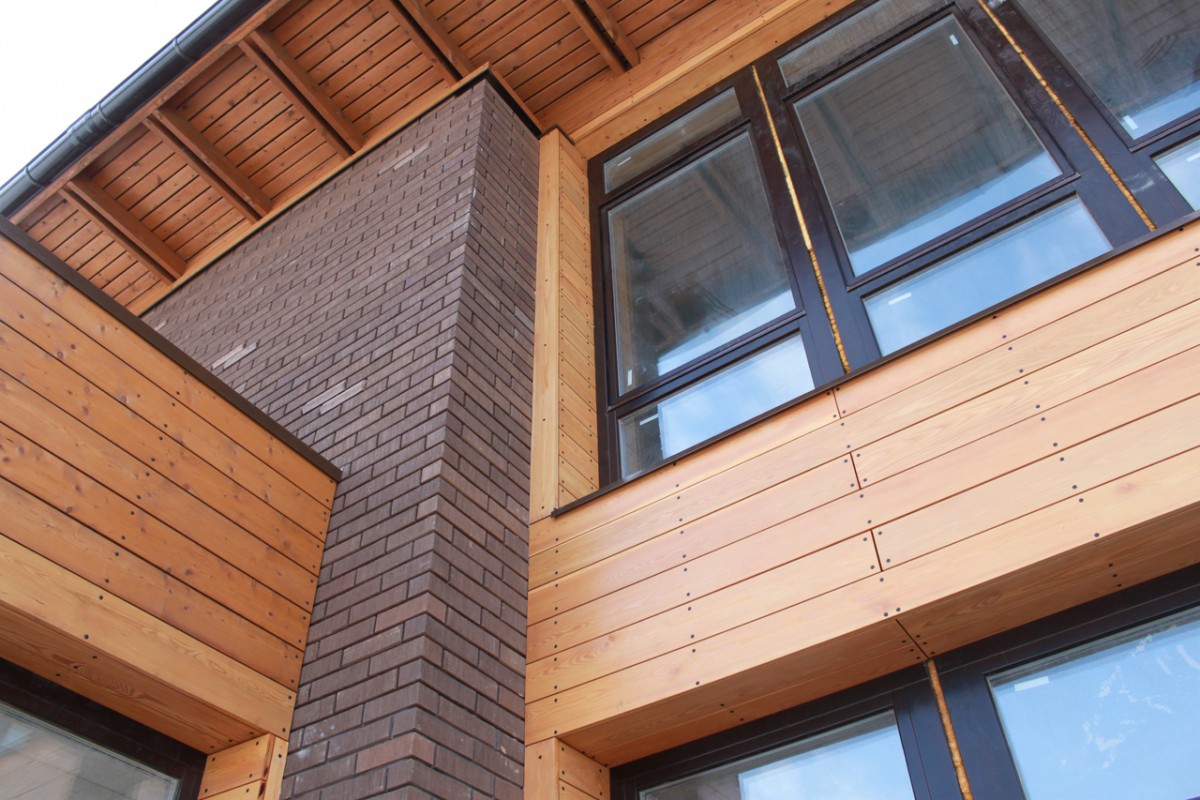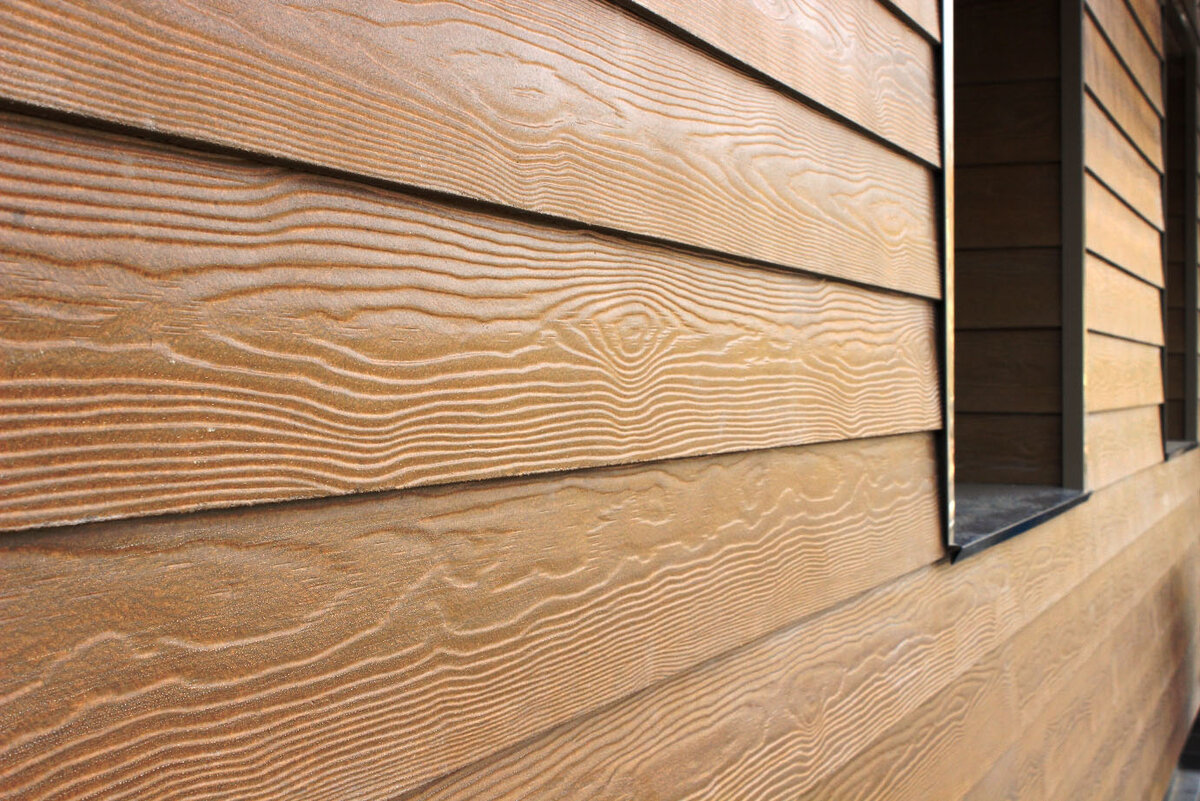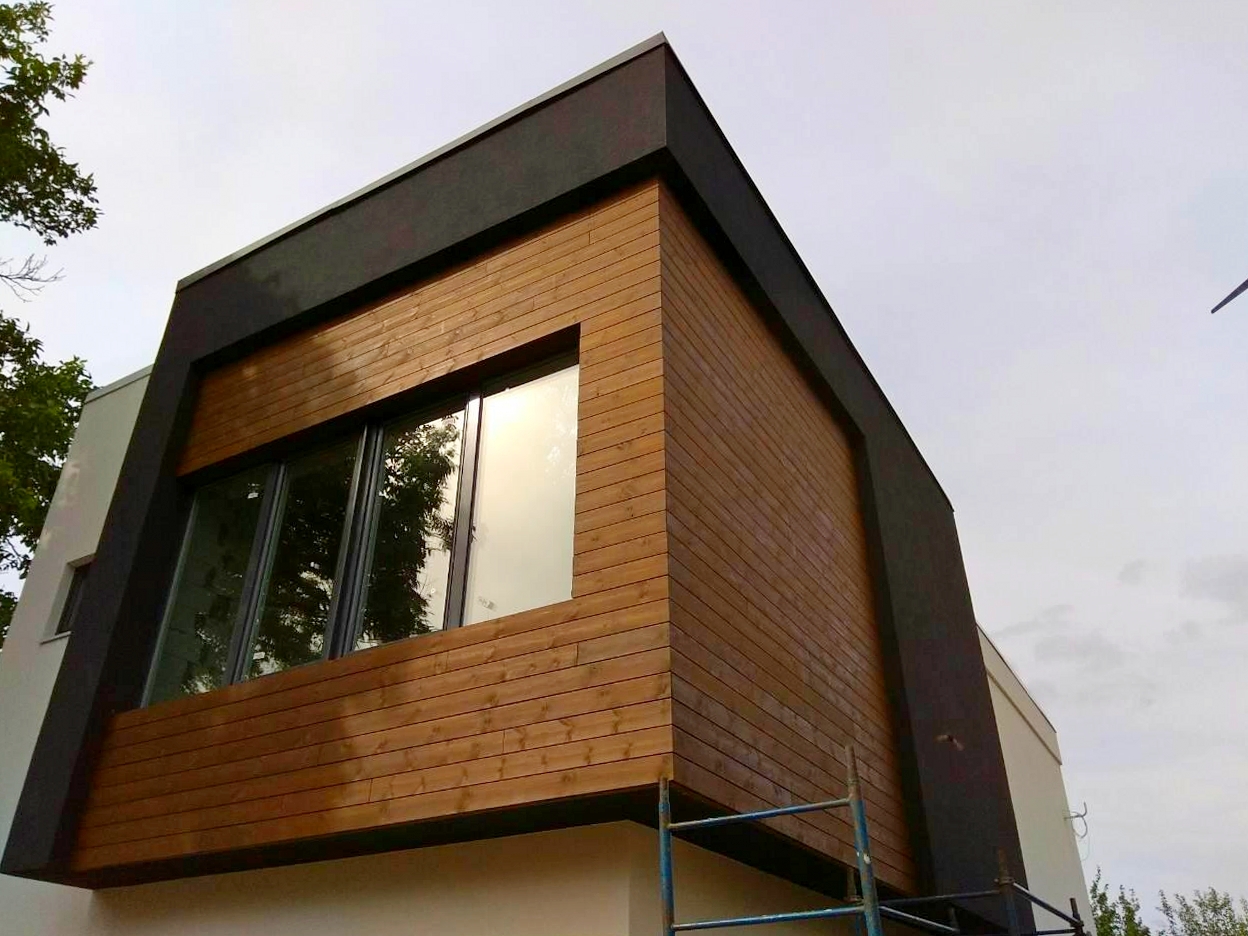Types of facade panels
The panels for finishing the facade of the house are divided according to the types of material from which they are made:
- metal,
- fiber cement,
- wood polymer,
- vinyl,
- composite sandwich panel.
Each type of panel has a set of characteristics, has its own advantages and disadvantages, in order to understand the types of panels in detail and make the right choice, you need to consider each of the types separately.
Metal cladding panels
There are several types of cladding panels - not only in the style of the classic lining, but also in a more complex wood-like design. If, in addition to the front panels, other decorative elements are used in the decoration that will be combined with the panels, then it will look harmonious. Metal panels are not afraid of fire or other mechanical damage.

Wood-like metal panels are durable and durable. This type of finishing materials is easy to install due to the low weight of the material itself. The light weight of the material makes it possible to reduce the load on the walls with a bearing character. Such panels are not cheap. Production is carried out on the basis of:
- aluminum;
- thin stainless steel (thickness does not exceed half a millimeter).
The disadvantage of such a material is excessive thermal conductivity; in the heat, such panels get very hot, which affects the walls and foundation of the building. To avoid thermal effects on walls and foundations, you can use heat-insulating materials, for example, mineral wool, when cladding a house.
Fiber cement
The cladding of a building made of fiber cement appeared recently, but quickly received high praise from consumers. The panel is composed of cement, additives (mineral) and cellulose. This mixture is compressed and later thermally processed. The panels look very realistic, difficult to distinguish from real wood. The secret is that natural wood components are added to the material during the manufacturing process.
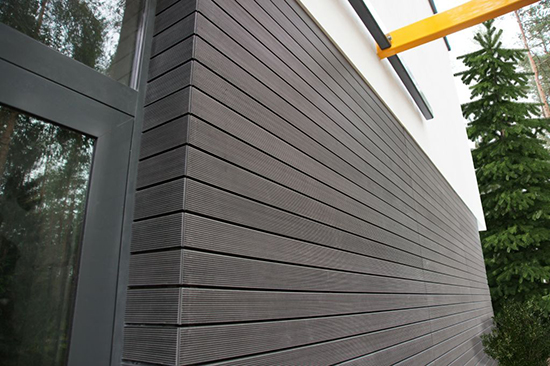
The thickness of the fiber cement cladding panel is about eight millimeters. The panel itself is lightweight, durable. Fiber cement:
- not afraid
heat, frost, - does not lose
original appearance, - not afraid
no weather phenomena. - fireproof.
Fiber cement is sold not only in the form of panels. The cladding is in the form of stripes, mosaics. Their advantage is that when choosing fiber cement panels, a huge range of different colors and shades opens up to the buyer, respectively, the client will always find what he needs. The panels can imitate the texture of plants such as oak, cedar, cypress and so on.
Vinyl
siding
The easiest material to handle from the ones presented above. It is not afraid of most mechanical damage or any weather phenomena. At the same time, it is environmentally friendly, keeps its original appearance for a long time.
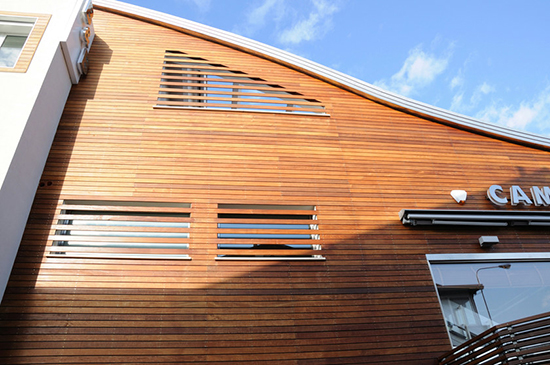
The panels are installed, so-called plates, which imitate the wood texture very well, such a material is made of PVC (polyvinyl chloride). Due to the fact that special pigment additives are used in the manufacture of the material, such panels retain their original appearance for a very long time.
The material in use behaves better than real wood. Vinyl siding:
- does not decompose,
- waterproof,
- do not start
pests, fungus, mold.
Popular siding, the price directly depends on the material from which the slabs are made. You can buy vinyl cladding of various textures, colors.
Chipboard panels
The panels are made on the basis of natural wood.The technology for the production of panels is quite simple: natural wood waste is pressed, soaked in a special resin. The resin can be synthetic or natural.
The finishing material resembles chipboard, but in terms of its quality it greatly bypasses an outwardly similar competitor. It is less susceptible to mechanical stress, which makes it more practical.

If such panels are used in the decoration of the facade, then the result will be beautiful, since this material very much resembles the real texture of wood.
Wood-polymer composite (WPC) panels
They are distinguished by their high price and presentable appearance. Composite wood-like panels are not exposed to external influences, because the material is covered with a special polymer protective layer. The facade, sheathed with WPC panels, looks chic and expensive, because valuable, rare wood is applied to the outer layer of the panels.
The market of finishing materials is diverse, which gives the consumer complete freedom in the choice of facing materials. When choosing a cladding, one should take into account its price, quality and climate in which the selected material will be used.
Types of facade panels by material of manufacture
For the facade, you can choose different panels that imitate natural wood in appearance. They may differ in cost, material of manufacture and size.
Each
the option has both advantages and disadvantages, therefore, before
by direct purchase, you should evaluate the characteristics of all panels offered
on the market.
Plastic
They
can be vinyl or acrylic. Their positive parameters include:
- moisture resistance;
- resistance to impacts
atmosphere; - possibility of operation at low
temperatures; - attractive appearance;
- low weight, thanks to which installation
can be performed even on the facade of a house built on a light foundation; - affordable price.
Although plastic panels can be used for exterior decoration, they are fragile, so they crack easily under strong mechanical stress. The material becomes extremely brittle at low temperatures, so in winter you need to be very careful not to cause irreparable damage to the finish.
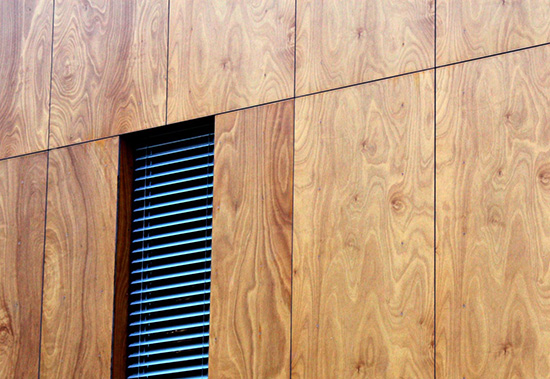
Metallic
Siding
metal is considered a popular material. It can imitate natural wood
or block house. The parameters of such panels include:
- products are produced using
forming method using thin sheets of aluminum or stainless
become; - all panels are equipped with special
locks and latches, as well as reshaped edges, which makes it easy and
form reliable connections without problems; - imitation of wood is obtained using
applying a polymer coating with the desired texture and color; - if you carry out the installation correctly, then
the resulting coating copes with strong winds or high temperatures when exposed to
which does not change its appearance; - the material is durable and resistant to
exposure to fire; - service life of the resulting coating
reaches 45 years old; - panels are easy to install and maintain;
- are not too heavy, therefore they are used
even for houses built on strip foundations; - coating resistant to mechanical
influences.
TO
the disadvantages of this material include high thermal conductivity, therefore, for
obtaining not only beautiful, but also practical finishes, it is recommended between
with panels and walls of the house to lay high-quality heat-insulating material. Others
the disadvantage is the high price, so they can afford such a finish
only wealthy home owners.
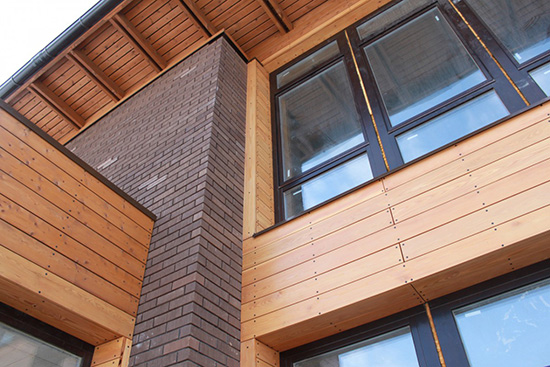
Fiber cement
They are used to decorate walls made of different materials. Fiber cement panels appeared on the market relatively recently, but quickly became popular. This is due to the following parameters:
- the material is based on a mixture of cement,
cellulose and mineral fillers; - the resulting solution is pressed into
special forms, after which it goes through the autoclaving process, therefore
becomes firm and resistant to all kinds of influences; - from above the panels are varnished and
acrylic paint; - they are sold in the form of slabs or siding,
and can also have a smooth or embossed surface; - the material is flexible and resistant to
fire; - it provides decoration
any facade, and it also has good thermal insulation parameters; - used in the production process
only environmentally friendly components, so the material does not cause
allergic reactions.
TO
the disadvantages include the heaviness of the slabs, so they are chosen only for houses with a reliable
foundation. Another disadvantage is the high cost.
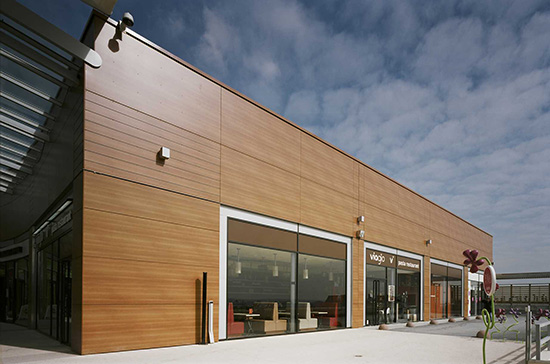
What are metal facade panels?
Metal facade panels have a simple but practical design.
You can find metal panels with insulation, but this type belongs to a separate category - thermal panels.
Thermal panels
Advantages and disadvantages
This material has many advantages that make it so popular:
- Low weight, which greatly simplifies transportation and the procedure for cladding the facade of the house.
- High resistance to temperature influences, no deformation due to temperature fluctuations.
- A long period of operation without changing the appearance and quality characteristics, since there is a special coating that protects the sheets from corrosion.
- Low degree of flammability, so you can use metal lamellas for exterior decoration of buildings with increased fire safety requirements.
- Good strength, thanks to which the facade is reliably protected from mechanical damage.
- Moisture resistance, which favorably affects the condition of the finishing material, the base, as well as the atmosphere inside the room.
- Resistance to aggressive substances: acids and alkalis.
- Low coefficient of thermal conductivity, and when using additional insulation, it is possible to significantly reduce heating costs.
Aesthetic and reliable finish
There are also certain disadvantages of metal facade panels. The main ones are cost and special installation technology. Sometimes it is more rational to attract specialists to carry out the facing, but it is possible to carry it out on our own.
Installation features
Even an inexperienced finisher can handle the installation of most of the facade panels on the market. The cladding technology is simple and involves several stages.
First, you need to prepare the walls, cleaning them from dirt, bumps, old paint, dismantling the hinged structures.
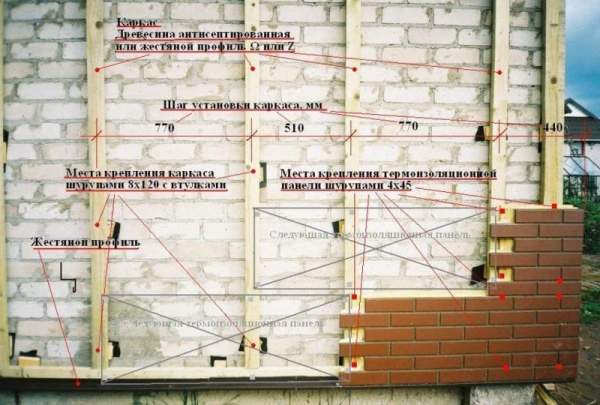 Figure 3. Installation of facade panels under a tree
Figure 3. Installation of facade panels under a tree
Then you can start preparing the lathing. It can be made of wood or metal. For lighter panels, the option with a wooden frame is suitable, while a galvanized frame is more durable. When choosing wooden blocks for lathing, they must be covered with an antiseptic composition against decay.
The installation of wood-like facade panels should be started with the installation of the starter profile. It is fixed at a distance of 10 cm from the corner of the house.
The following sequence of actions looks like this:
- external corners are attached;
- the panels are stacked from bottom to top from left to right row by row;
- door and window openings are made out;
- the last row is made out with a finishing bar.
IMPORTANT! When laying the panels and fixing them on the self-tapping screws, you need to leave a gap between its head and the facing materials. This is necessary due to the fact that due to temperature changes, the panels contract and expand.
Too tight fixation is likely to lead to deformations.
You can write a large instruction that will take more than one sheet, but it is better to see it once. We recommend watching a training video on the installation of wood-imitating panels in order to avoid mistakes when working on your own.
Views
Depending on the material from which the panels for the exterior decoration of the house are made, several types are distinguished.
Plastic
Such panels are available in vinyl and acrylic varieties. They are characterized by moisture resistance, weather resistance, frost resistance. The products are strong enough, however, with significant mechanical stress, they can crack. They are considered the lightest panels, therefore they do not require strengthening of the facade.

Metallic
Metal siding panels have a large margin of safety compared to their PVC counterparts. This leads to high indicators of their wear resistance, a long period of operation. The basis of the products is aluminum profiles or "stainless steel". The metal itself is susceptible to corrosion, however, manufacturers carry out high-quality anti-corrosion protection of the material, so that moisture and rust are not afraid of it.
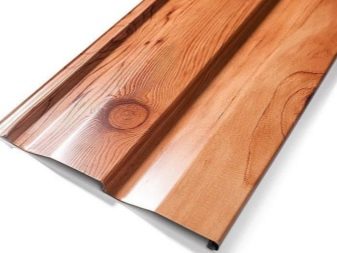
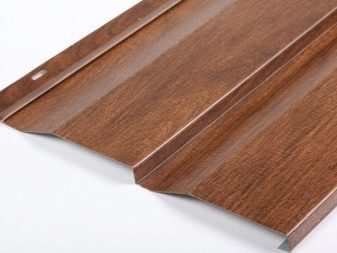
Fiber cement
The material is based on purified cellulose and cement mortar. Sometimes, in order to increase the strength, quartz sand is added to the composition. The result is a durable material that can last up to 100 years.
Low moisture resistance, fire resistance (fiber cement does not burn and does not melt), frost resistance up to 100 cycles, as well as high thermal insulation properties in combination with affordability - all this is the reason for the increasing popularity of fiber cement products. Thanks to the ceramic coating, the panels also exhibit high UV resistance.

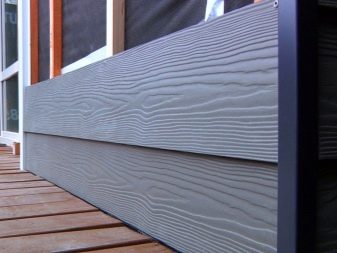
The disadvantage of the material is its rather large weight (on average, 15-25 kg / m kW). It is worth noting that plastic analogs weigh only 3-5 kg / m2 kV. This fact requires the use of a solid foundation.
Separately, we can single out multilayer sandwich panels, a distinctive feature of which is a layer of insulation. Due to this, the surfaces to be faced do not require the installation of a layer of heat-insulating material. Sandwich panels allow you to quickly build a neat ventilated facade.

There are wood-polymer "sandwiches" made from waste wood processing enterprises. The shavings and sawdust are given a uniform size (like wood dust), after which the mixture is filled with polymer resins. As a result, a material appears that looks like a chipboard board, but has moisture resistance, strength, and biostability. There are also laminated surfaces that are even more resistant to moisture and more "elegant" appearance.
Veneered panels are rarely used due to their relatively high cost. The material is a paper-cellulose composite base, on the front surface of which a layer of fine wood veneer is applied. From above it is closed with a protective polymer layer.
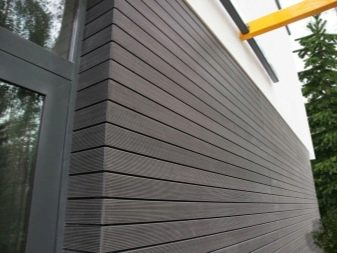

Depending on the purpose of the material for exterior decoration, facade and basement panels are distinguished. The latter are fixed in the lower, basement part of the building. The base is subject to higher mechanical stress, active action of moisture, dirt, road reagents, freezing. It is logical that the material for finishing this section of the facade should have higher performance characteristics.
Plinth panels fully comply with these requirements. Each line (plastic, metal, fiber cement) has a collection of such products. Despite this, experts recommend refraining from using plastic products in the lower part of the building. Preference should be given to stronger and more durable counterparts made of metal, as well as on the basis of fiber cement.
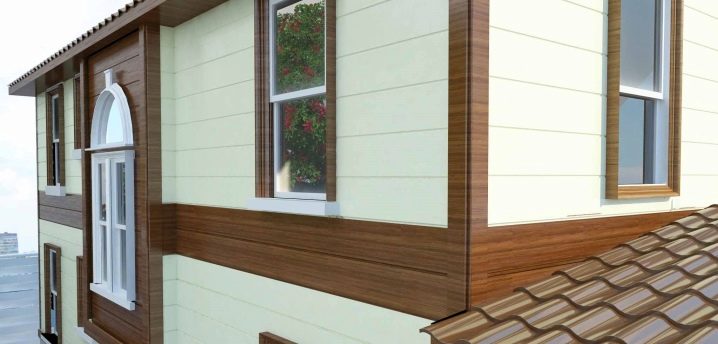
Wall decoration with facade siding
Siding is a modern material for facade decoration, which has become widely used not so long ago. The panels are available in various colors, designs and sizes. The scope of siding is external cladding of building facades. It is easy to install, no special devices are required for this, which greatly contributes to the popularity of the material. There are several types of siding on sale, each of which has its own properties and period of operation.
Vinyl
The panels are made of PVC. Due to special additives in the composition, the quality of the material improves, as a result of which vinyl siding is in much greater demand than other types. Among the advantages of the material, the following characteristics can be noted:
- has a long service life - 15-50 years;
- does not conduct electric current;
- does not corrode;
- without deformation withstands temperatures in a wide range - from -50 to +50 ° c;
- has a low weight, as a result of which installation is facilitated;
- available in a variety of designs and colors.
Siding has many attractive qualities that contribute to its widespread adoption. But you need to be aware of the disadvantages of these cladding panels. So, PVC products do not withstand ultraviolet radiation, the color quickly fades in the sun, which causes the appearance to suffer. When installing, do not forget about expansion gaps, especially in the corners. This is necessary so that the material expanding when heated does not deform. Another disadvantage of PVC panels is that they can release toxic substances.
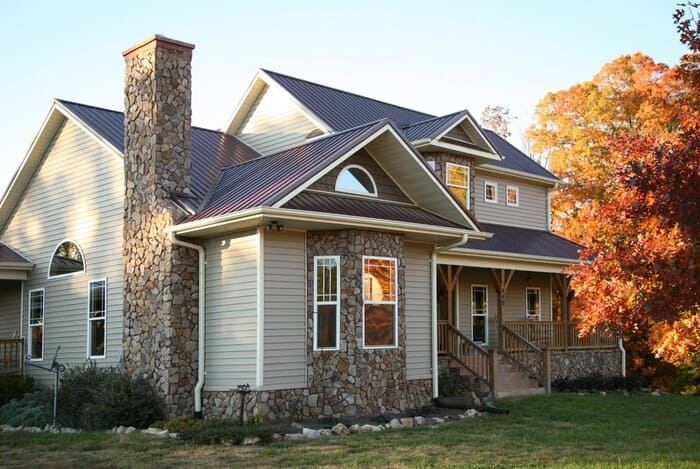
Wood
This material for facade decoration is quite expensive, but it has an excellent appearance. With the help of special impregnations, the service life of the panels can be significantly increased and the aesthetic properties improved. Siding is made from natural wood by gluing individual elements together. The result is an environmentally friendly material that is completely safe for people and the environment. Due to this wall cladding, an additional heat-insulating layer is obtained. In addition, it does not interfere with gas exchange, and allows the wall to breathe.
Metal
This siding is made from metal sheets by rolling and stamping. On both sides, the elements are covered with special polymer and paint and varnish compositions, due to which decorative and protective layers are created. Metal siding is of the following types:
- Aluminum. The material is lightweight, attractive in appearance, durable and environmentally friendly.
- Galvanized. Protective agents, which cover the galvanized steel sheet, allow to extend the service life of the material.
- Cement
This siding is made from fiber cement (concrete) or asbestos-cement mixtures. Concrete panels are made from cement, sand and cellulose fiber. Due to the last component, it is possible to achieve a reduction in weight, in addition, the fiber provides additional reinforcement. Fiber cement siding has the following qualities:
- withstands temperature changes well;
- has a long service life;
- does not burn and does not smolder;
- has dimensions convenient for installation.
Asbestos-cement siding is not very popular because it contains asbestos. This element is known to have a harmful effect on health, although new technologies are used to manufacture products where asbestos is in a bound state, which practically excludes its impact on people.
Facade panels for stone
But there is a way that gives almost the same result, but at a much lower cost. This is the cladding of the building with stone panels. They can be both brick and wood, you can imitate anything.
There are two types of panels for finishing the facade of a house under a stone: with and without insulation. The cheapest facade panels are polymer without insulation.
Combined panels consist of an inner part, consisting of insulation, and an outer part, of a decorative plastic coating.

Facade molded panels are mounted either on metal cladding or with tile adhesive. The special adhesive has high adhesion rates and a long service life.
For a natural looking finish, external cladding panels are made with violations of the geometry of the "stones" shapes. After all, natural stones are not like one another.
The cost of a panel for facing walls outside under a stone is not as high as that of clinker ones. But, nevertheless, in terms of thermal insulation and sound absorption, they are not very different from expensive products.
Installation work using cladding panels for a house under a stone can be carried out in any weather. After all, they are resistant to both the light rays of the sun and solar ultraviolet radiation.
The color remains unchanged for many years. But, if necessary, such facade panels are suitable for painting.
Given their lightness, even the owner himself can perform the facing of the house. In this case, no special construction techniques are used.
Possible options for non-insulated panels
At their core, such facade clinker panels are a sheet of durable, bend-resistant material, on which rows of clinker tiles are firmly attached using glue or other technologies at the right distance to achieve the full illusion of real brickwork.
Facade panels with clinker tiles are arranged in such a way that each subsequent one is a continuation of the previous one. Between rows of tiles and in free areas of the substrate, many manufacturers provide special brackets or washers for attaching panels to the wall surface or subsystem rails.
The release of such products has been successfully mastered by many manufacturers - from large industrial enterprises and construction companies to small private firms.
What material do they use as a base-substrate?
Oriented strand board
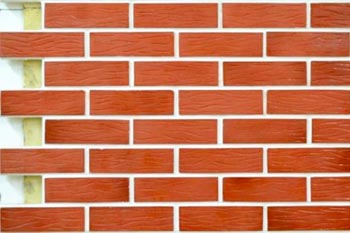 Although the semi-finished product for their production is wood chips, special pressing technologies and the use of epoxy resins yield a material comparable to modern synthetic composites.
Although the semi-finished product for their production is wood chips, special pressing technologies and the use of epoxy resins yield a material comparable to modern synthetic composites.
OSB are distinguished by high strength and reliability, uniformity of structure.
They are not afraid of moisture, temperature extremes, and have good heat and sound insulation performance.
Clinker tiles are reliably attached to them with modern polyurethane glue, which provides excellent, almost monolithic adhesion.
Such panels are easy to handle, their installation does not require much effort.
Fiber cement
Such panels are distinguished by their durability, environmental friendliness, rather high strength characteristics.
They lose to other types in weight - they are much heavier, which somewhat complicates their installation.
The fiber cement substrate itself with a thickness of 10 mm weighs about 10-12 kg, plus the weight of the clinker tiles, which, depending on the thickness, will give another 14-20 kg.
In addition, their vulnerability is fragility to break, which makes special requirements for storage and installation.
They can be attached to such a wall surface, which is able to reliably fix the metal brackets on the anchors, and in the future - to withstand a rather considerable load of the panels themselves.
Magnesite glass plates
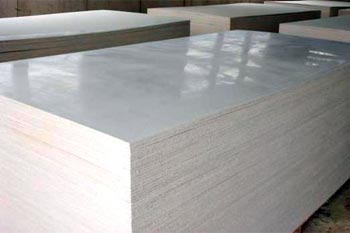 Such clinker panels are based on 8 mm glass magnesite sheet. It is a composite material with excellent performance characteristics:
Such clinker panels are based on 8 mm glass magnesite sheet. It is a composite material with excellent performance characteristics:
- It is absolutely non-flammable, non-hygroscopic,
- inert to chemicals,
- resistant to temperature extremes (withstands heating over 1000 degrees) and ultraviolet,
- in itself is a good thermal insulator,
- has a sufficiently large sound absorption coefficient.
One of the most important advantages is the good flexibility of the material, which allows it to finish even surfaces with a slight curvature.
There are no uniform standards for panels with clinker tiles - each manufacturer sets his own linear dimensions, often based on the size of the source material and the type of existing production lines.
Clinker tiles are also used from different manufacturers and different standards.
Very often, the production of such panels is made for a specific order - the buyer independently chooses the clinker model he likes and, if desired, the mosaic pattern of its layout.
Approximate prices for clinker panels without insulation
The cost of finished panels primarily depends on the clinker tiles used in the production, and the range of prices in this matter can be very impressive.
For example, several models on different types of bases:
| Panel type | Manufacturer | Panel dimensions | Clinker tile type | Price per sq. meter |
| Fiber cement, 10 mm | "Forska", Russia | 1010×660×18 | "Roben Westerwald bunt" 240 × 71 × 8 | 1850 |
| Fiber cement, 10 mm | Leaderdom, Russia | 1120×650×20 | Feldhaus Klinker, Sintra series 240 × 71 × 11 | 2510 |
| Magnesite glass, 8 mm | Company "1 Stroy-service", Russia, St. Petersburg | 1120×650×17 | "Stroeher", series "Keravette" unglazed, 240 × 71 × 8 | 2800 |
| OSB based | Keralite, Russia | The size is agreed with the buyer | The specific model of clinker tiles - at the buyer's choice | Clinker tile price + 700 rubles. for each square meter |
It is quite understandable that the prices for clinker facades significantly exceed the cost of the clinker itself. However, in return, the consumer receives a high speed of installation with guaranteed quality.



